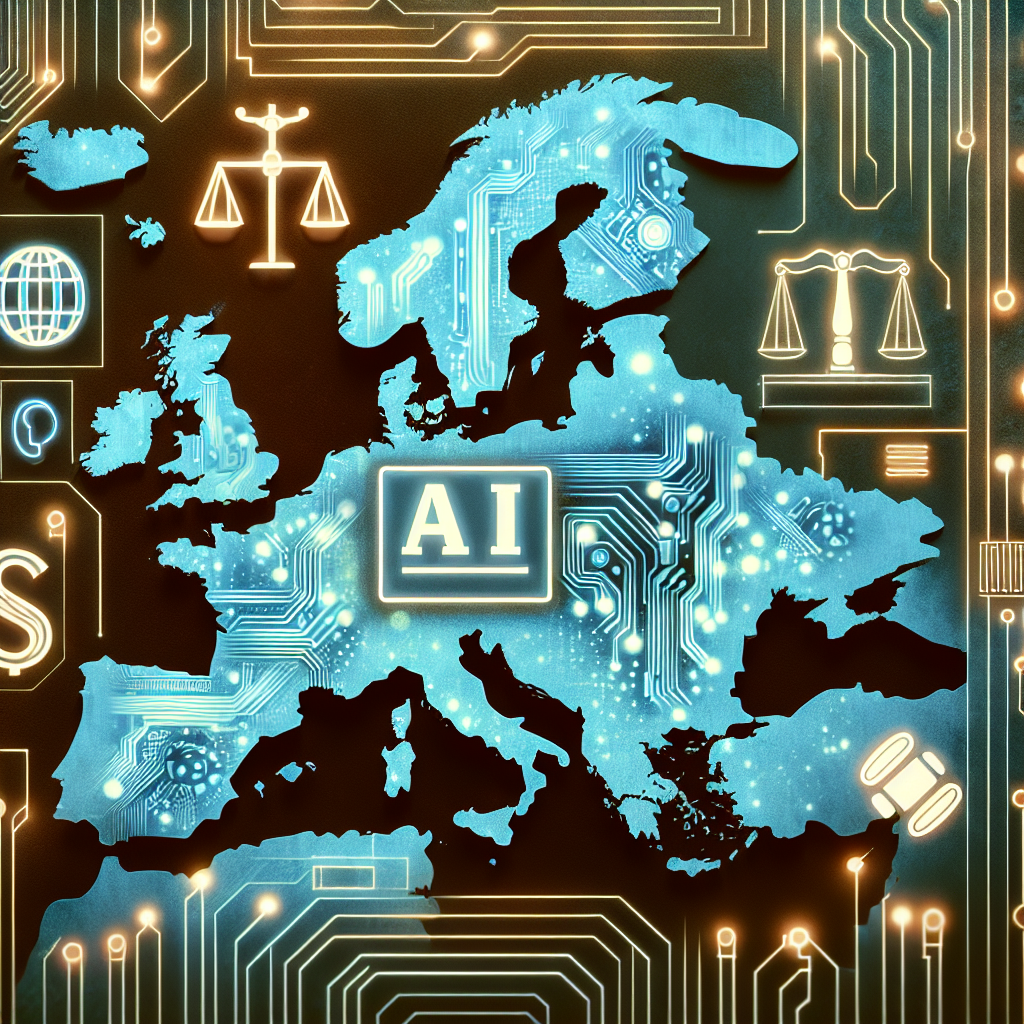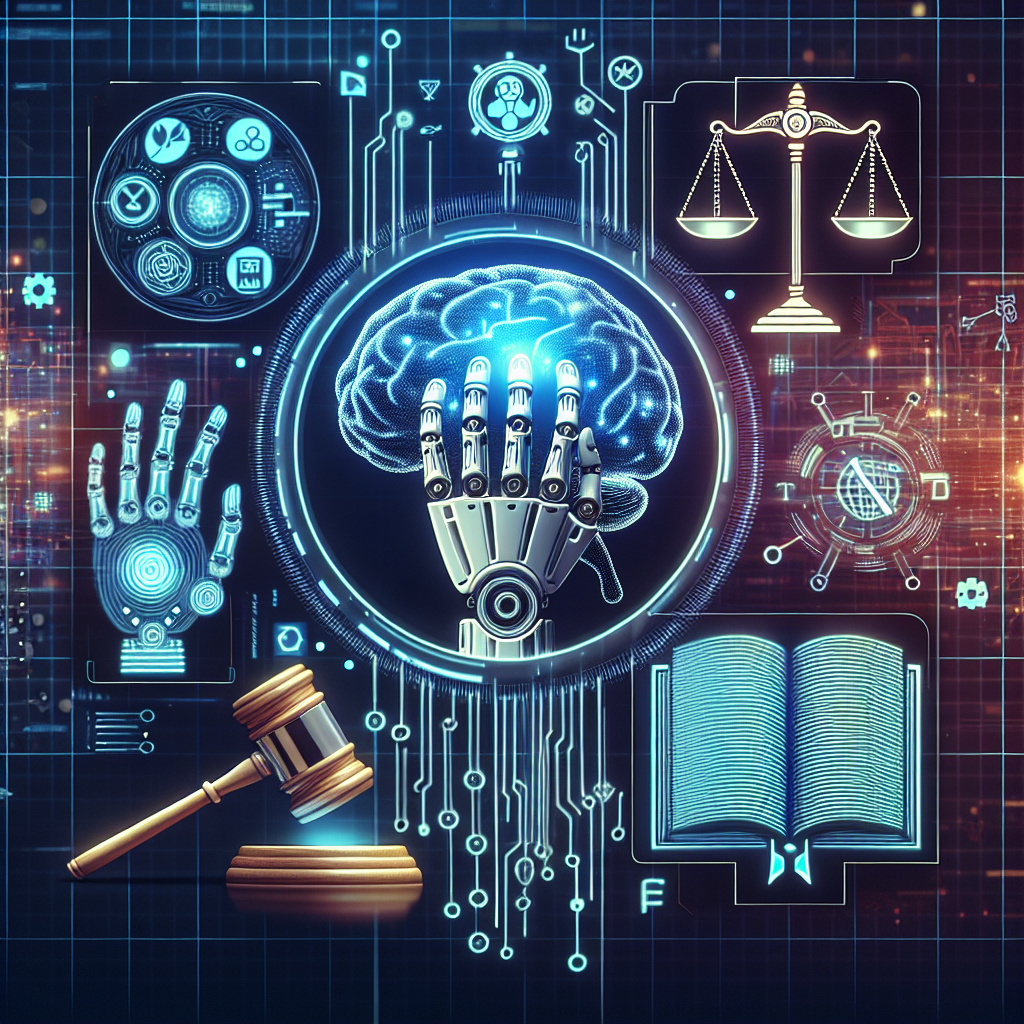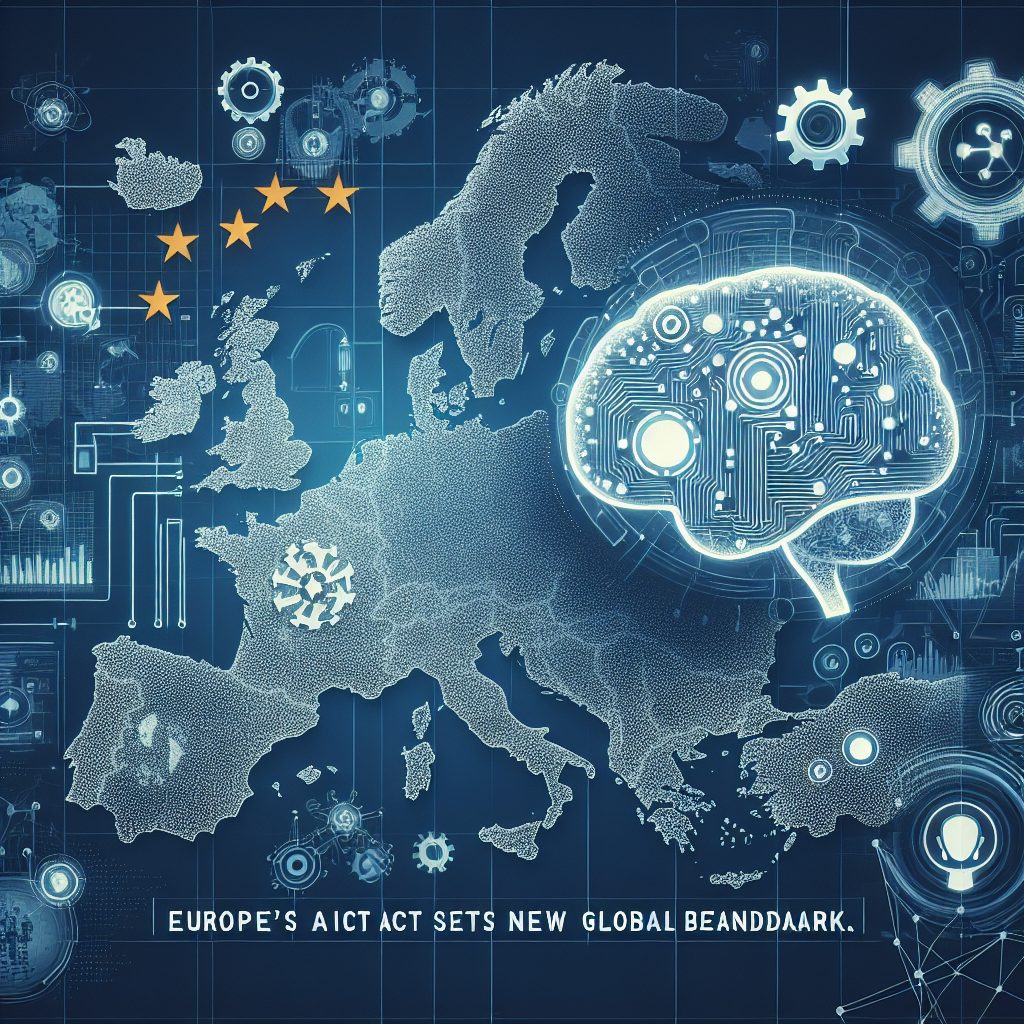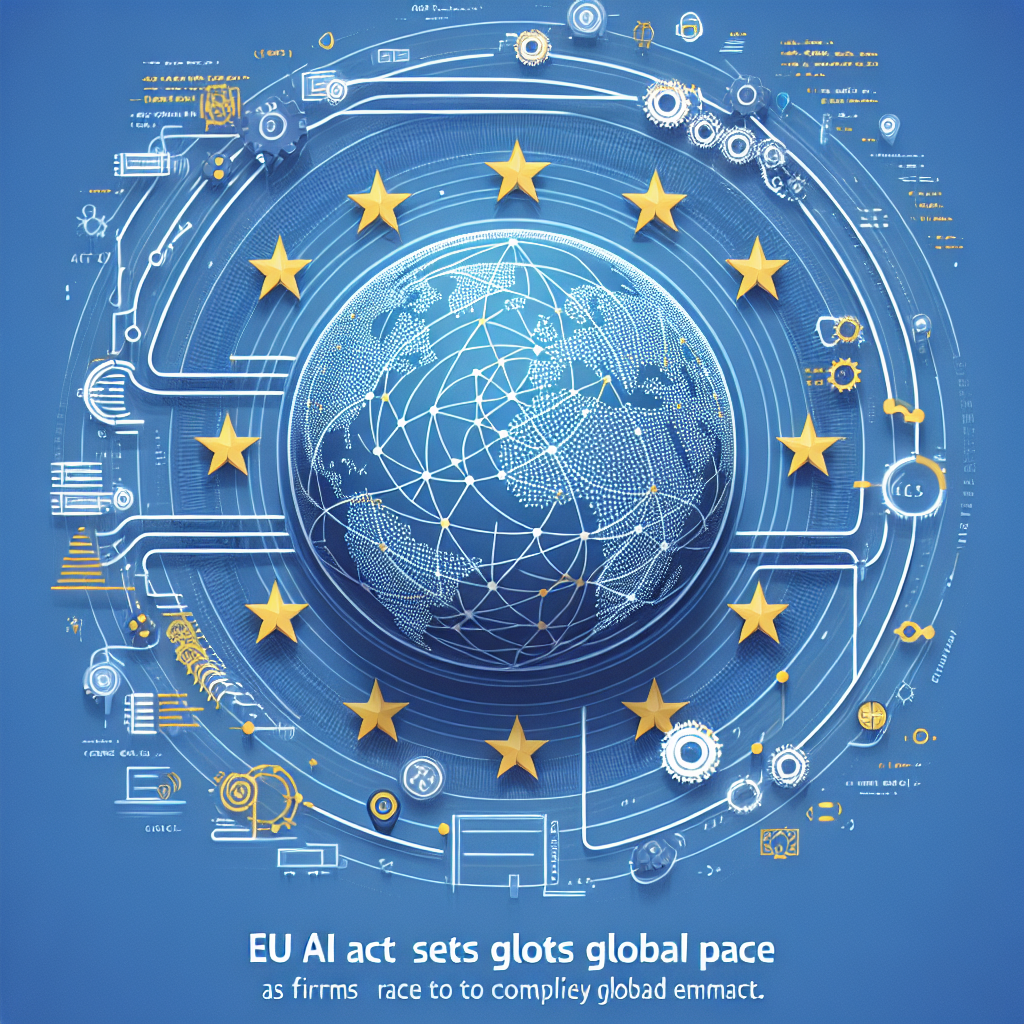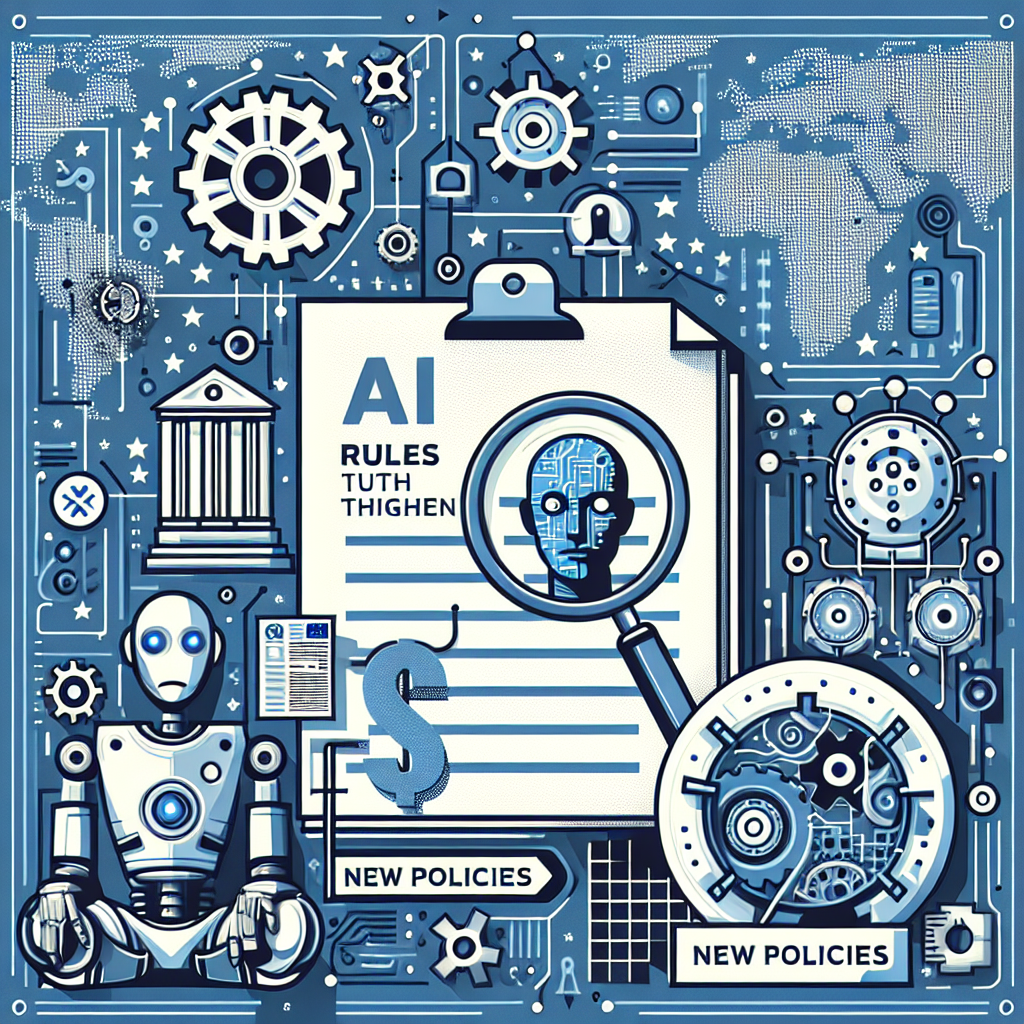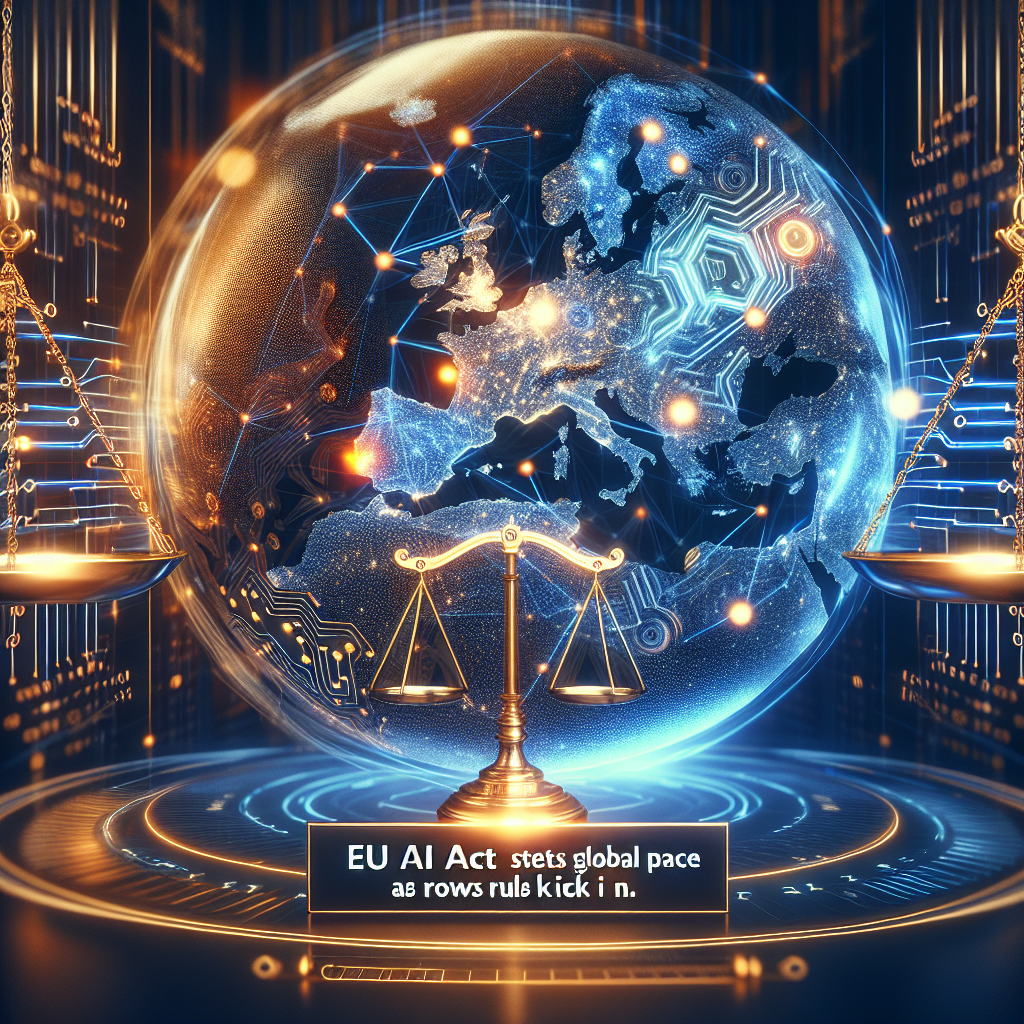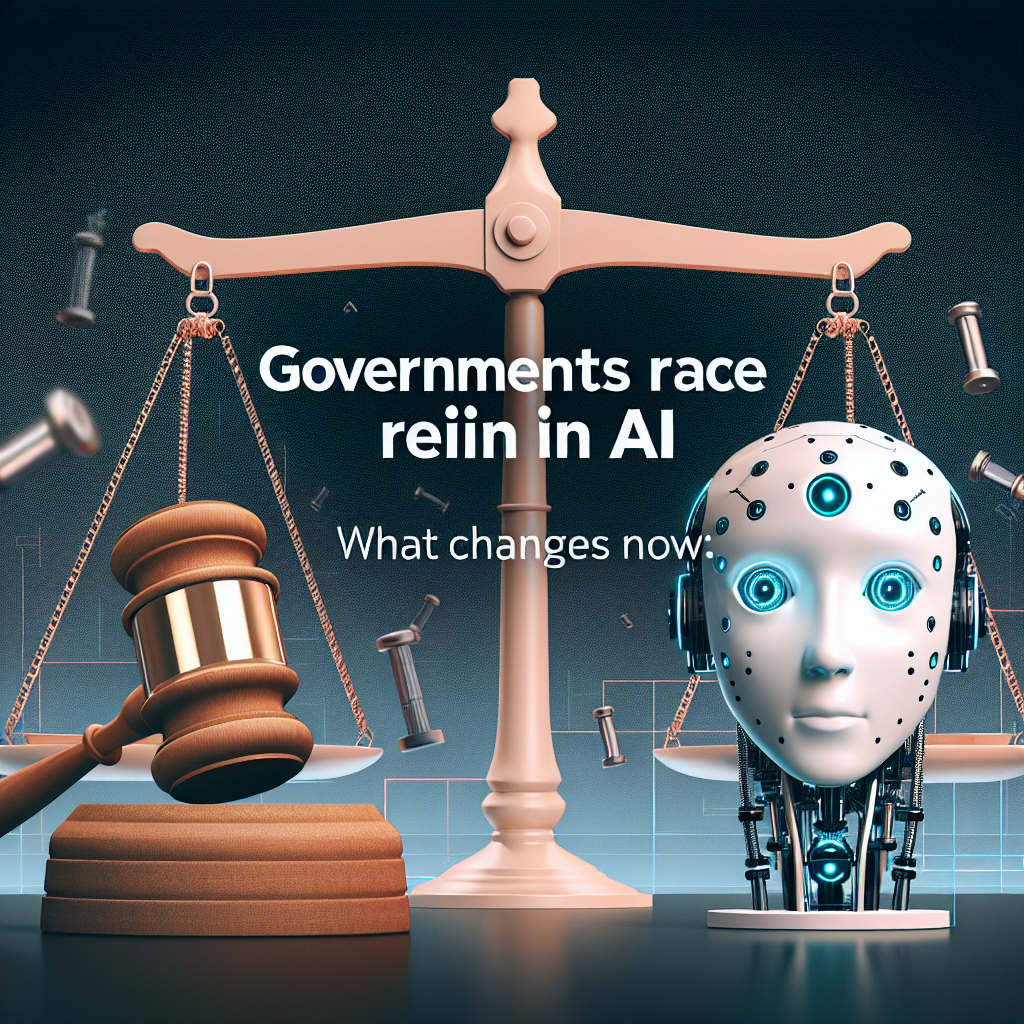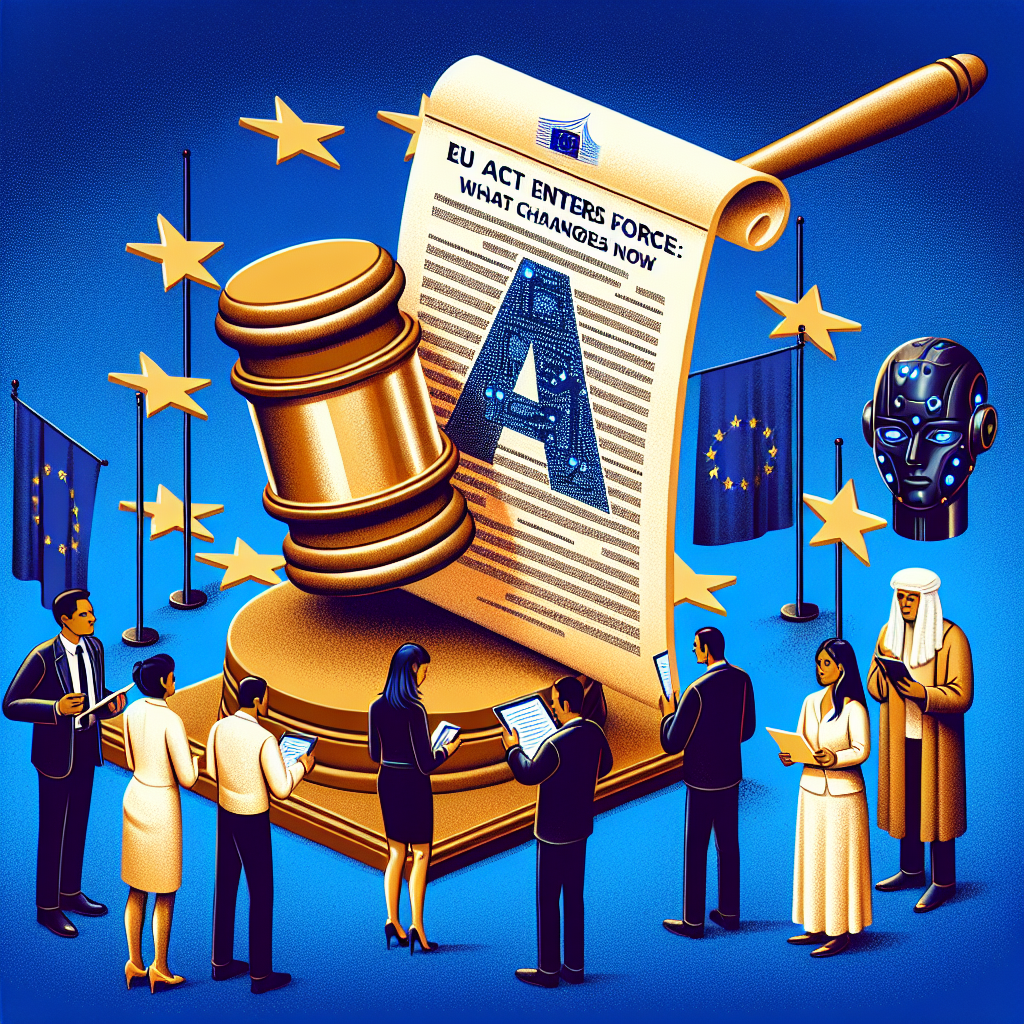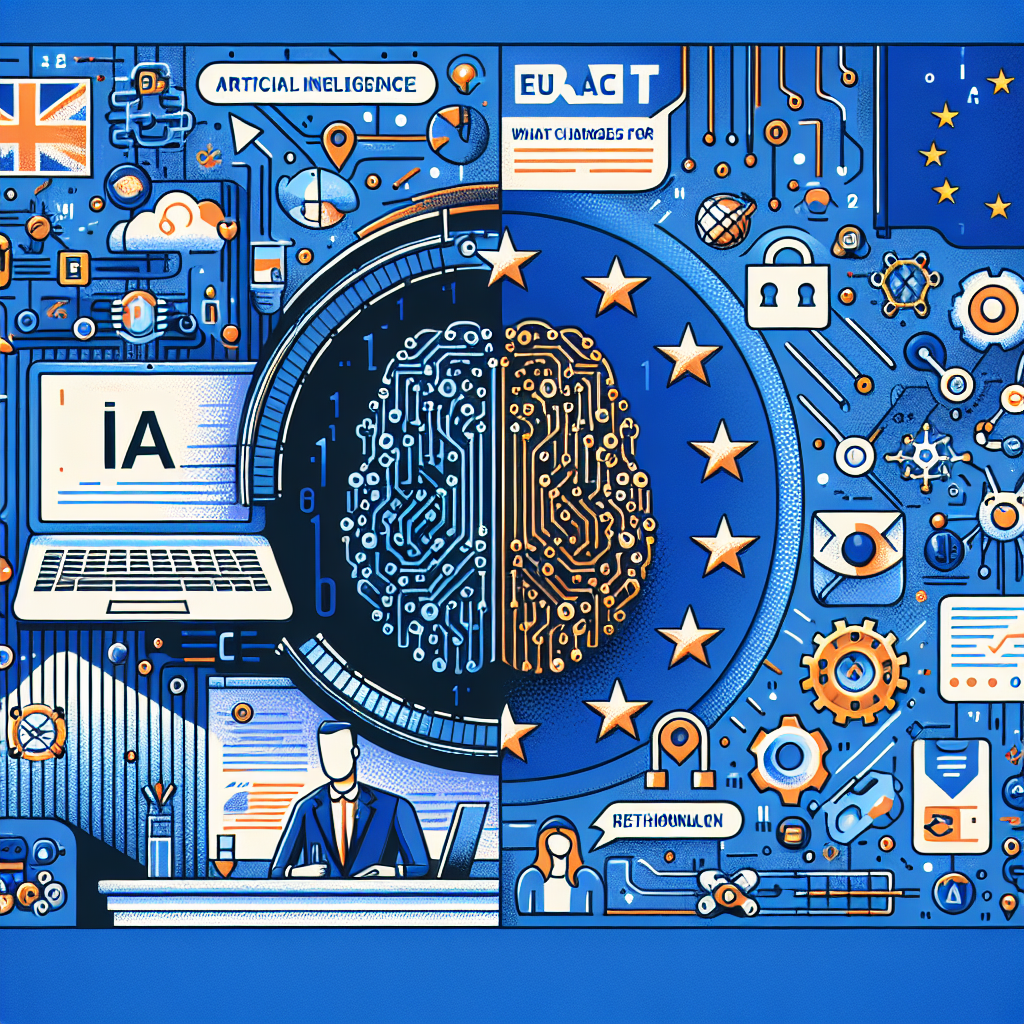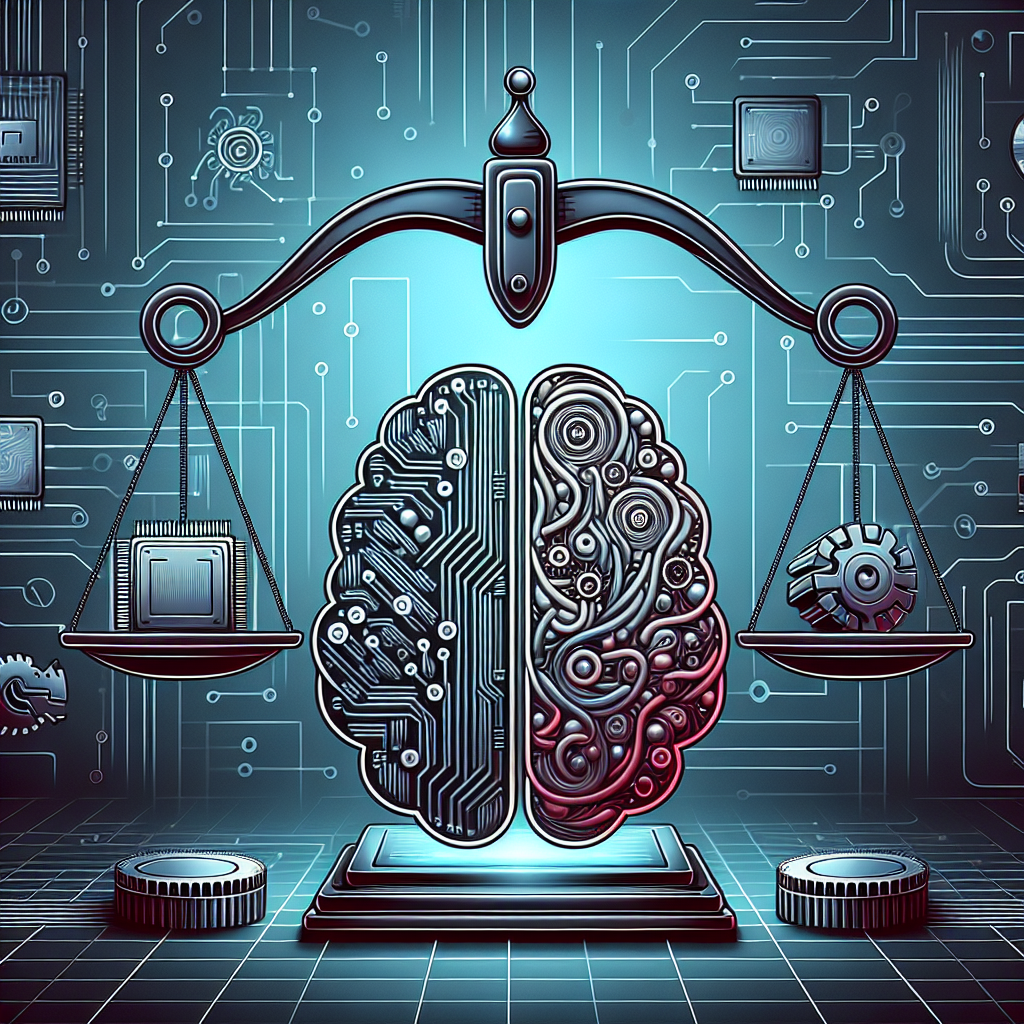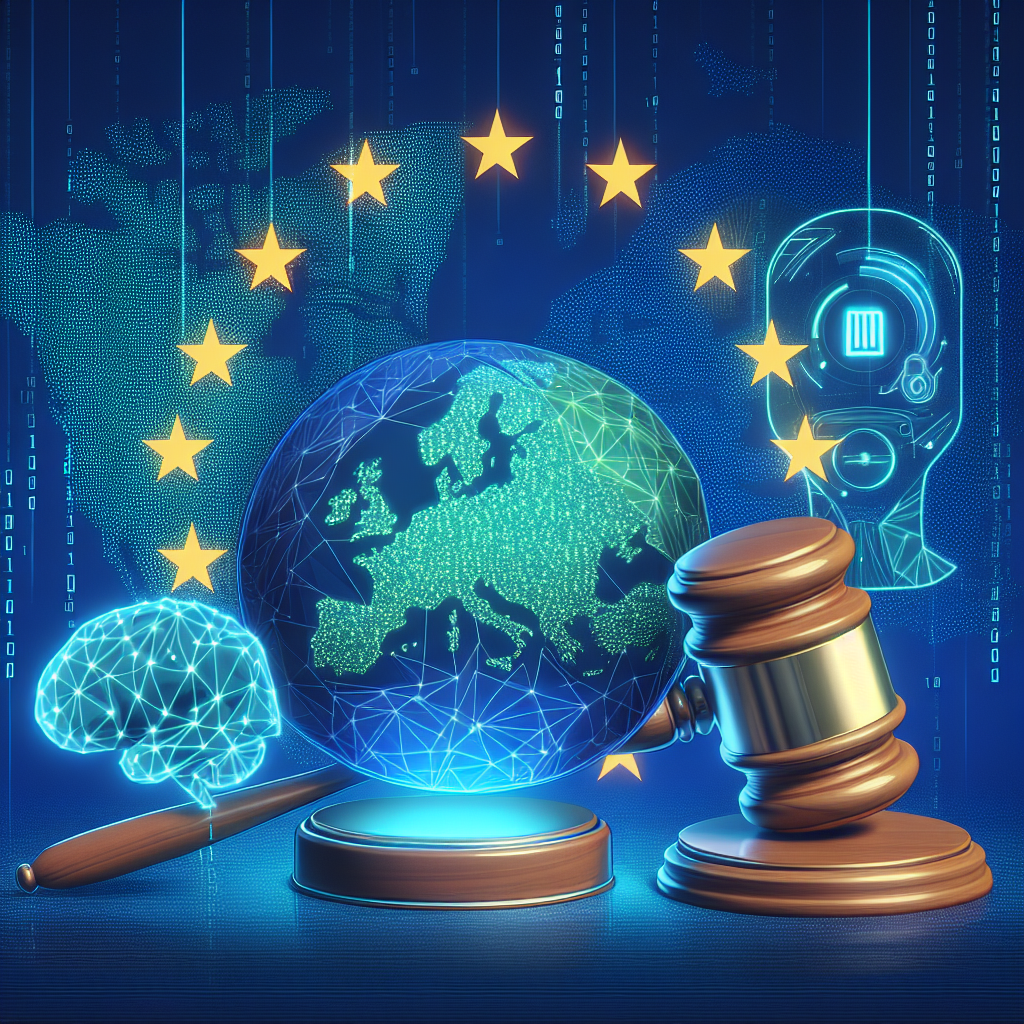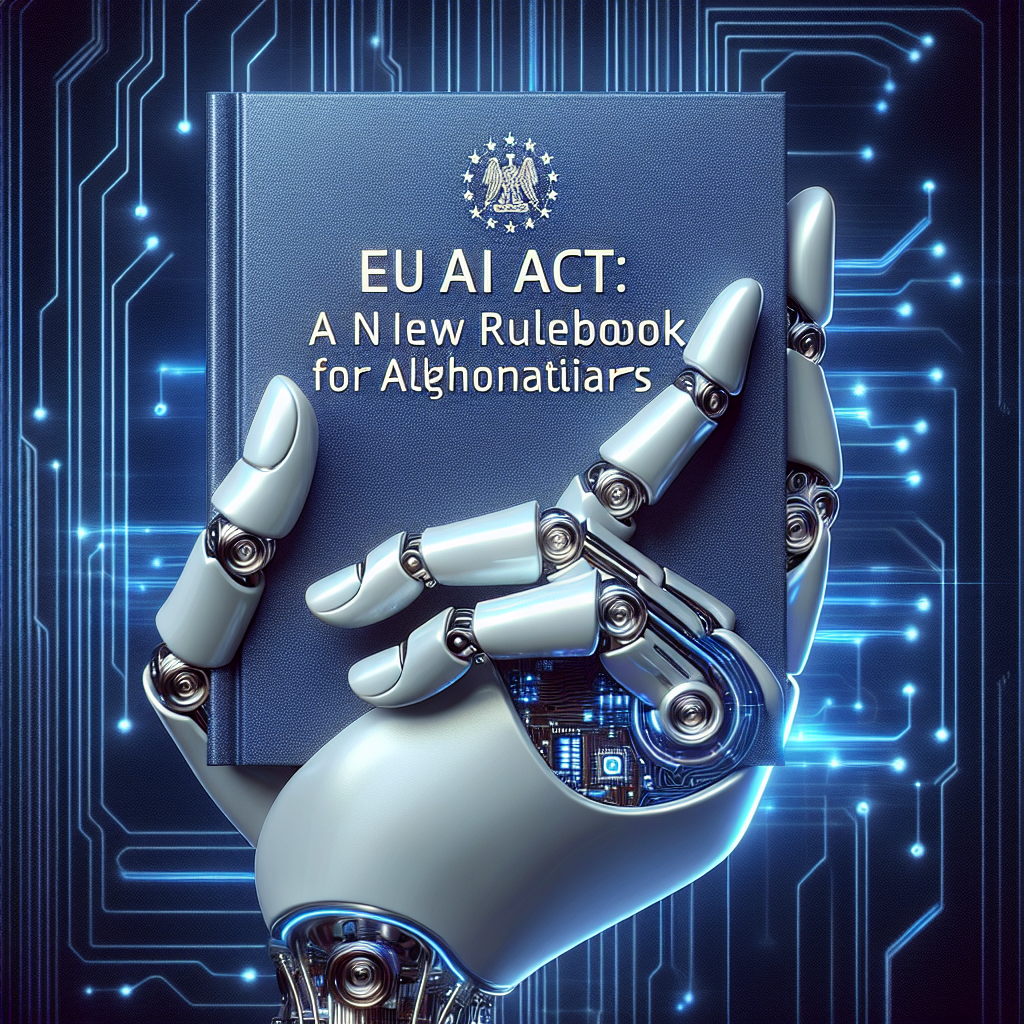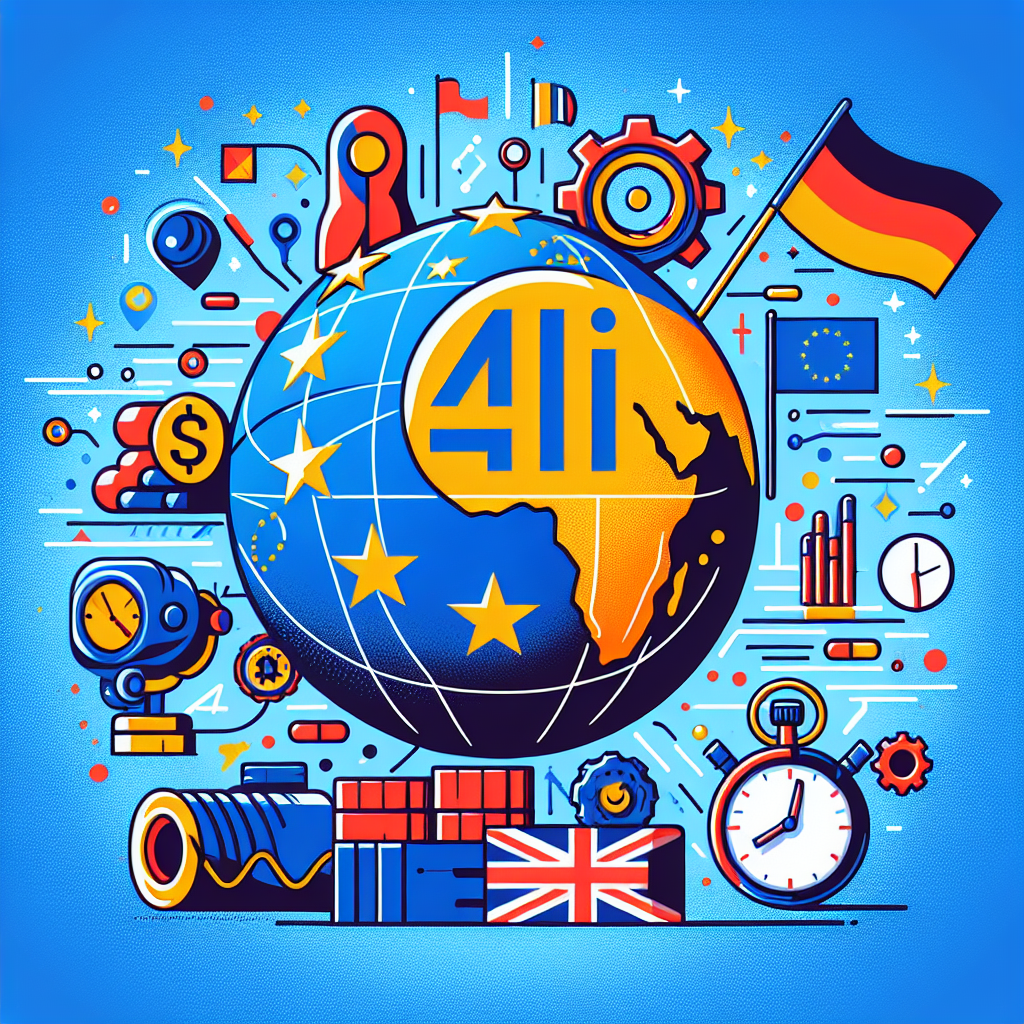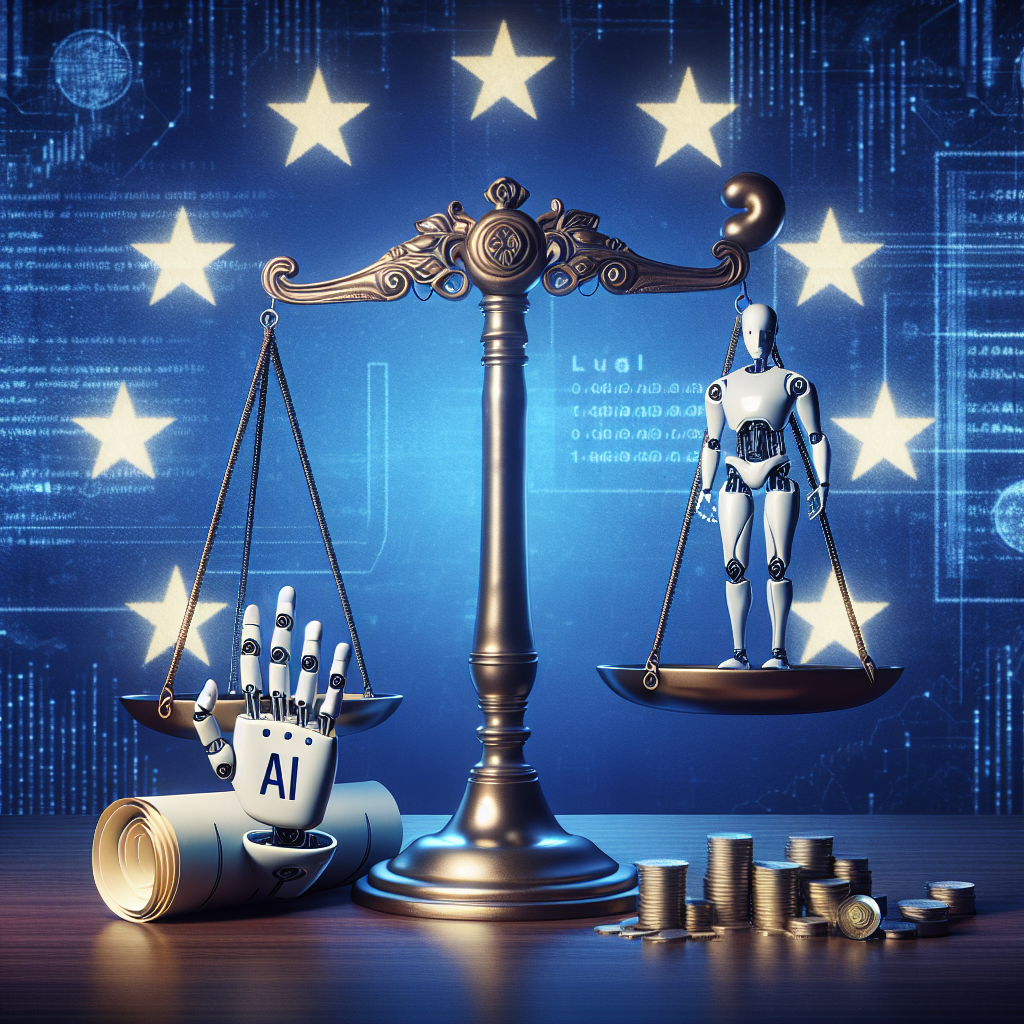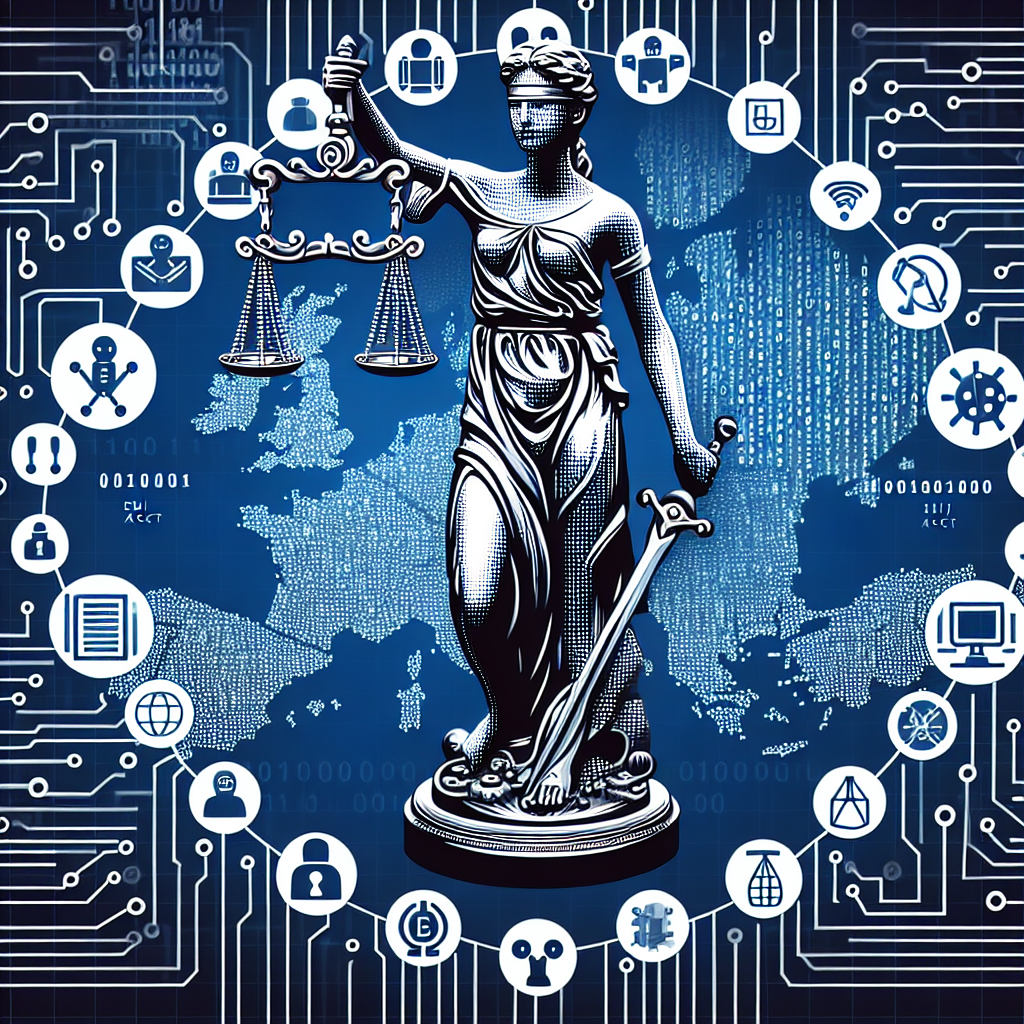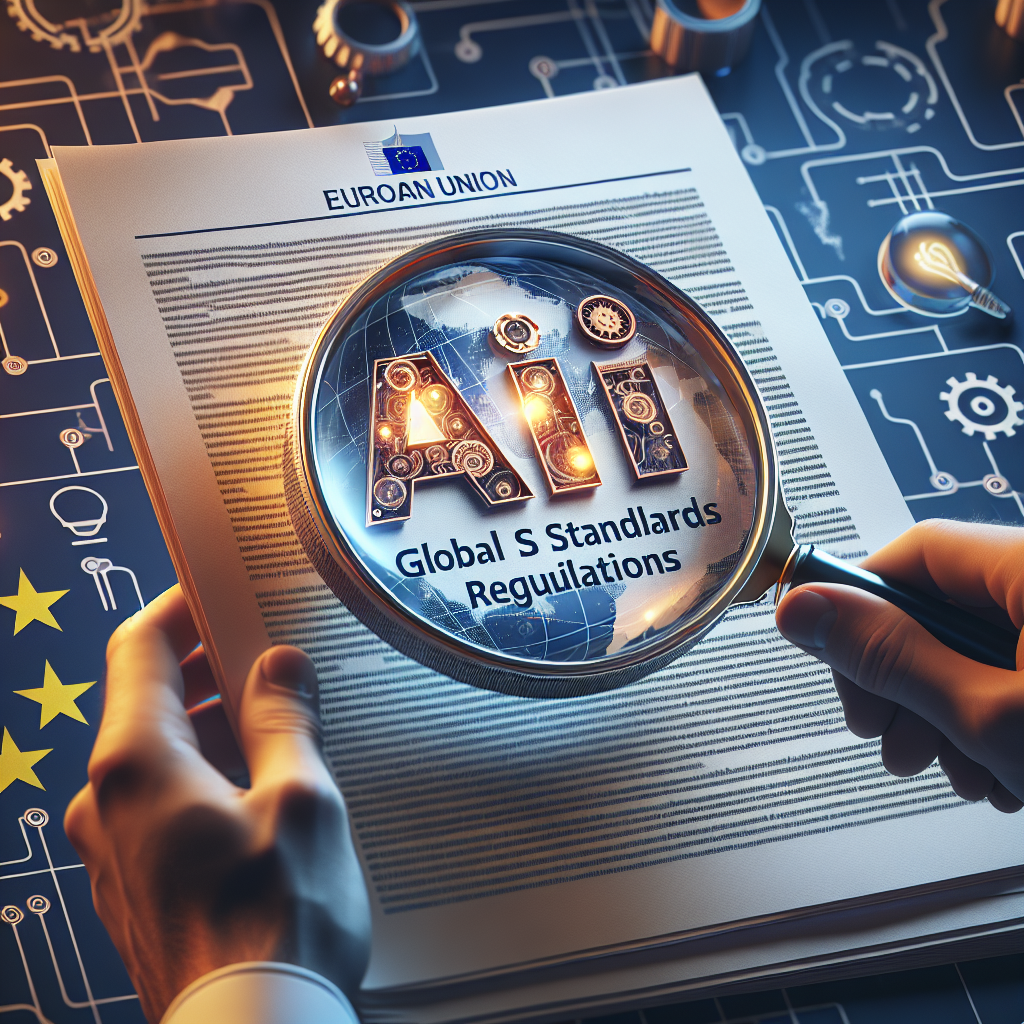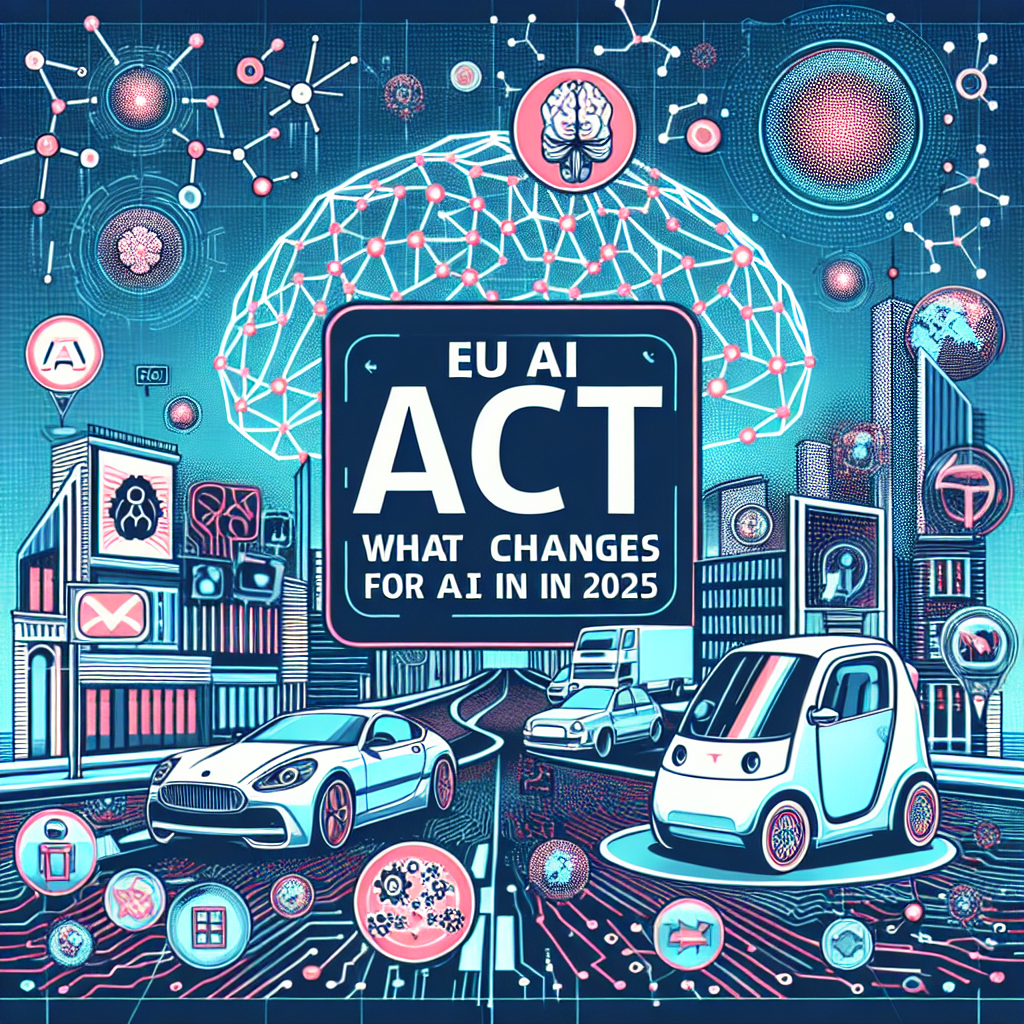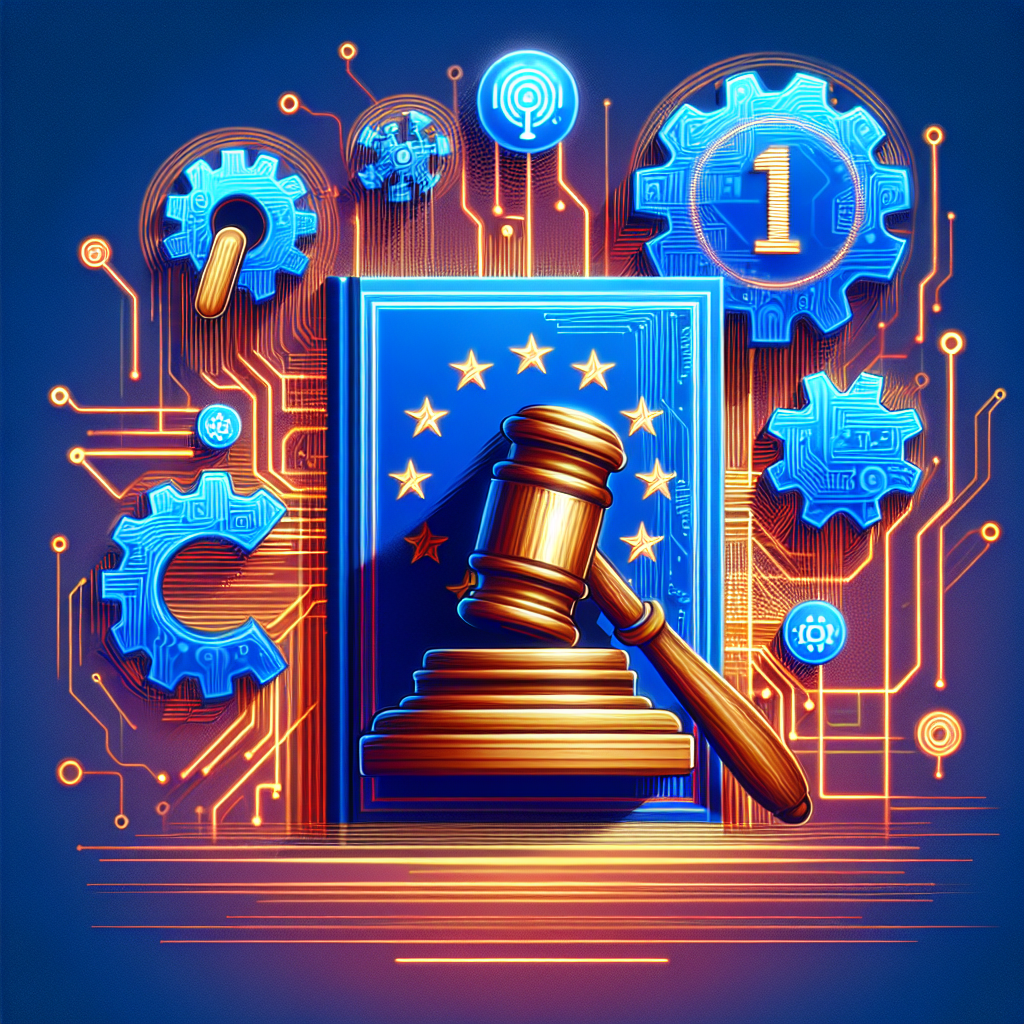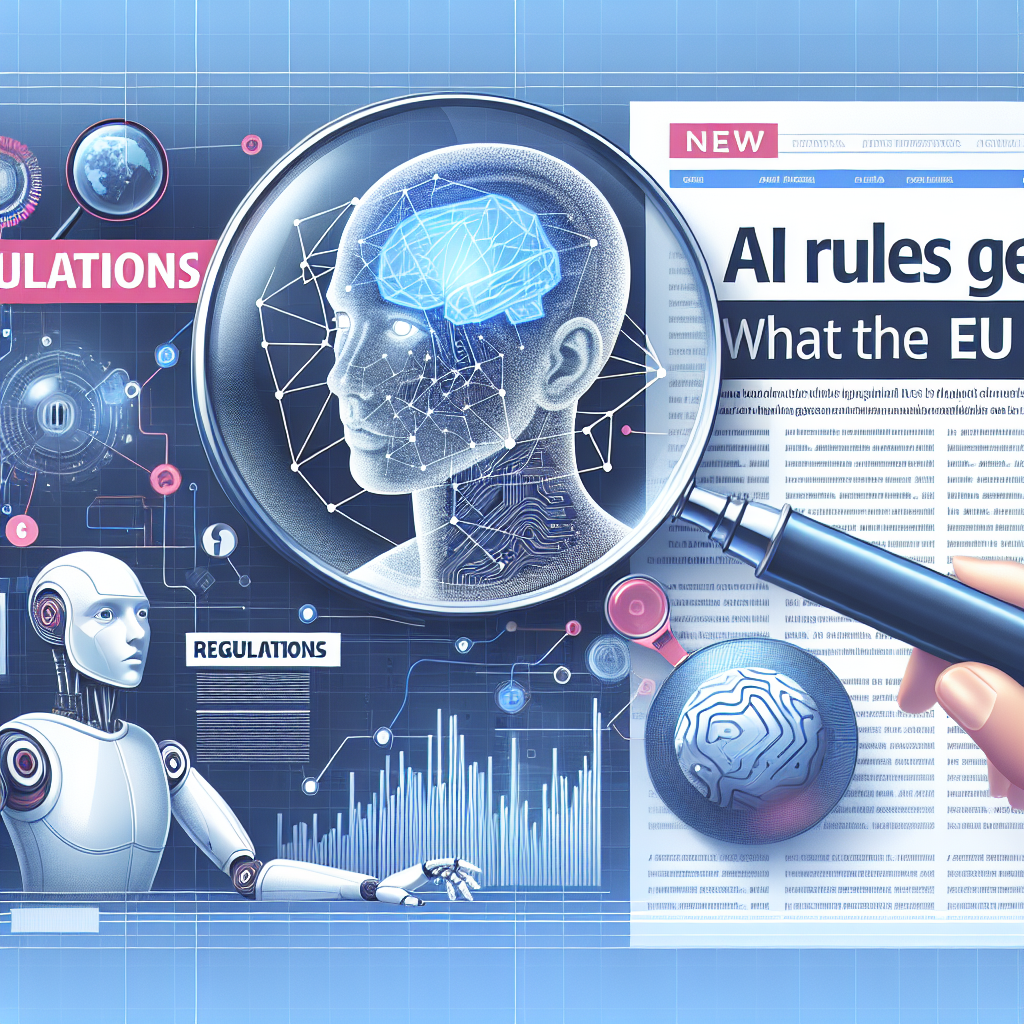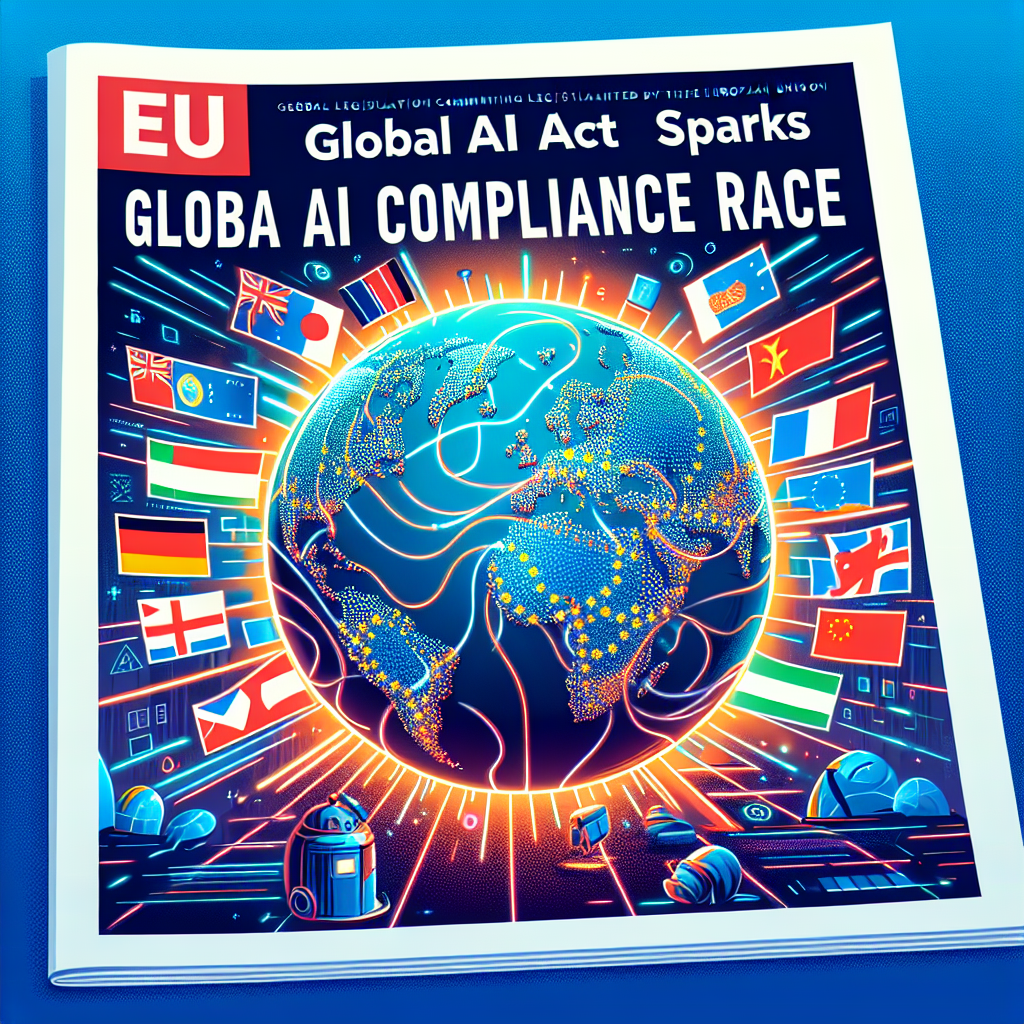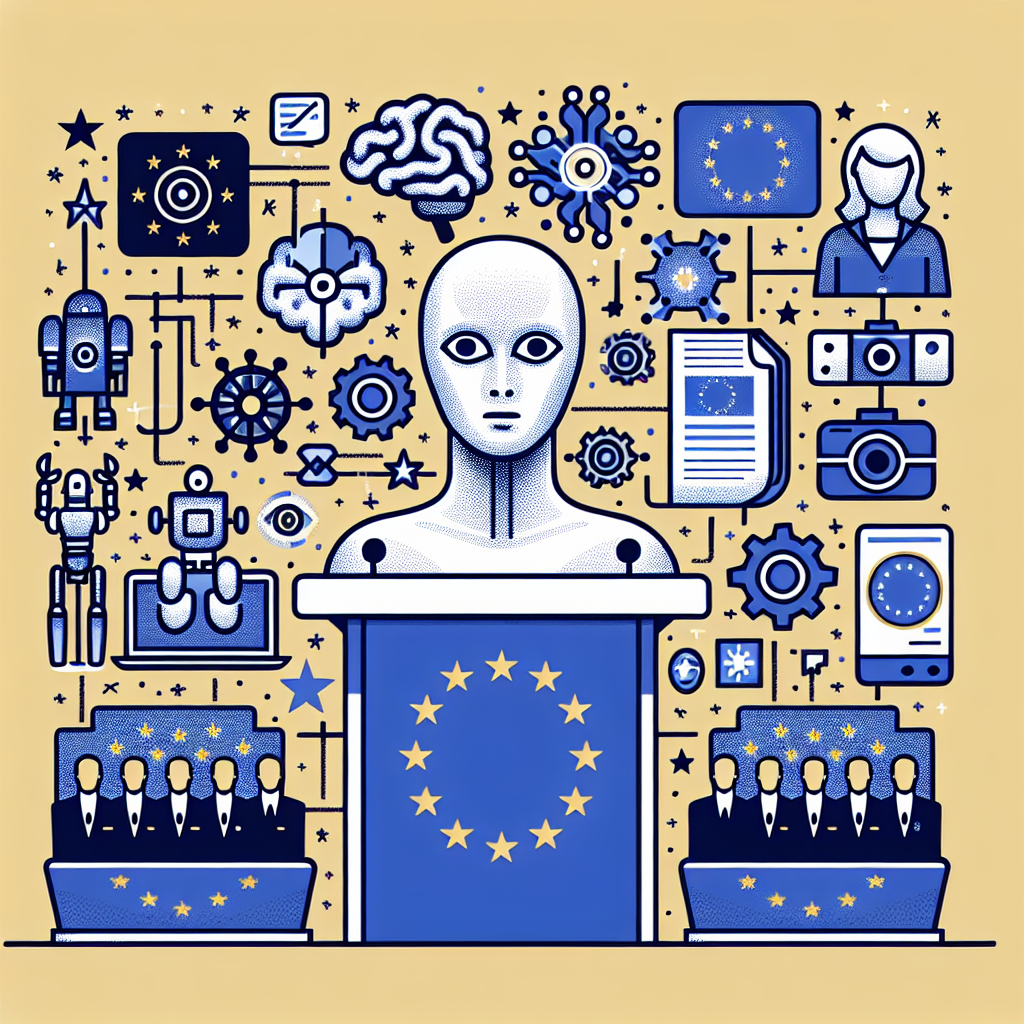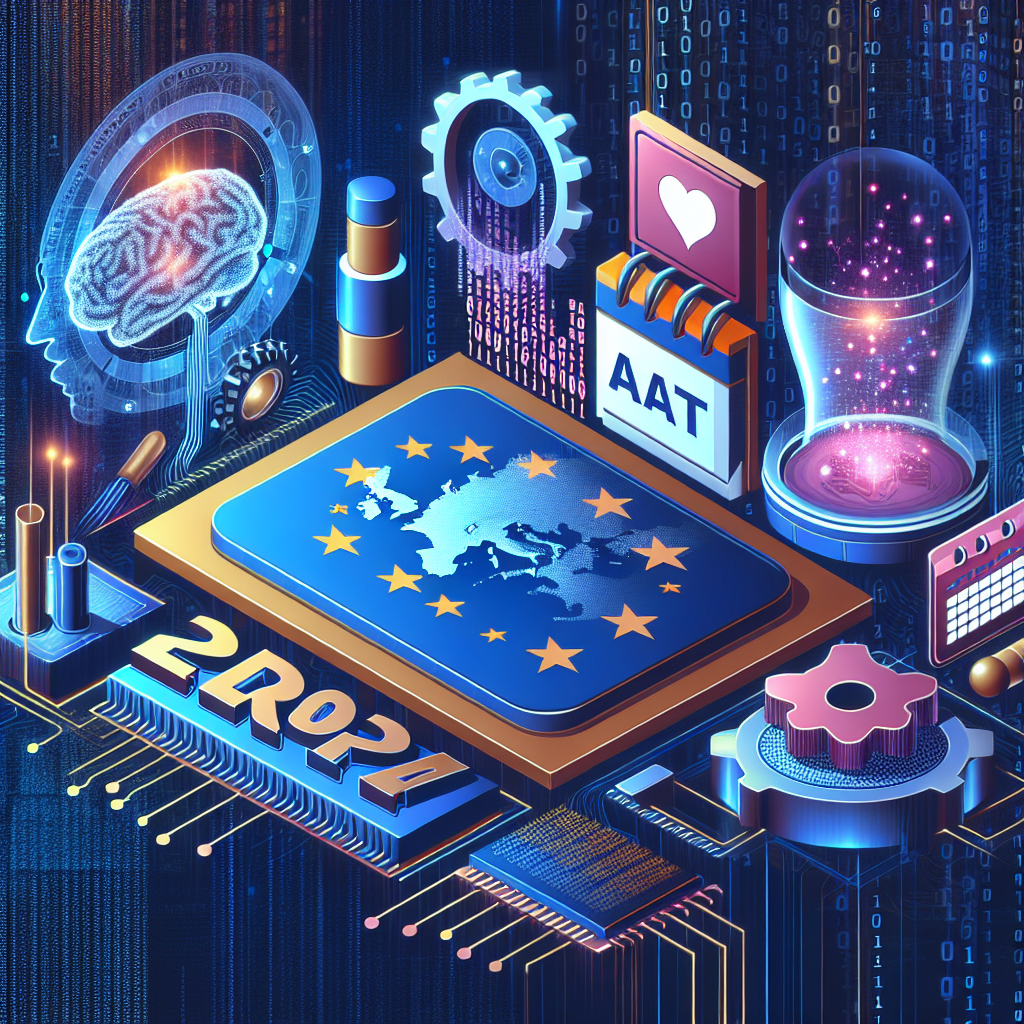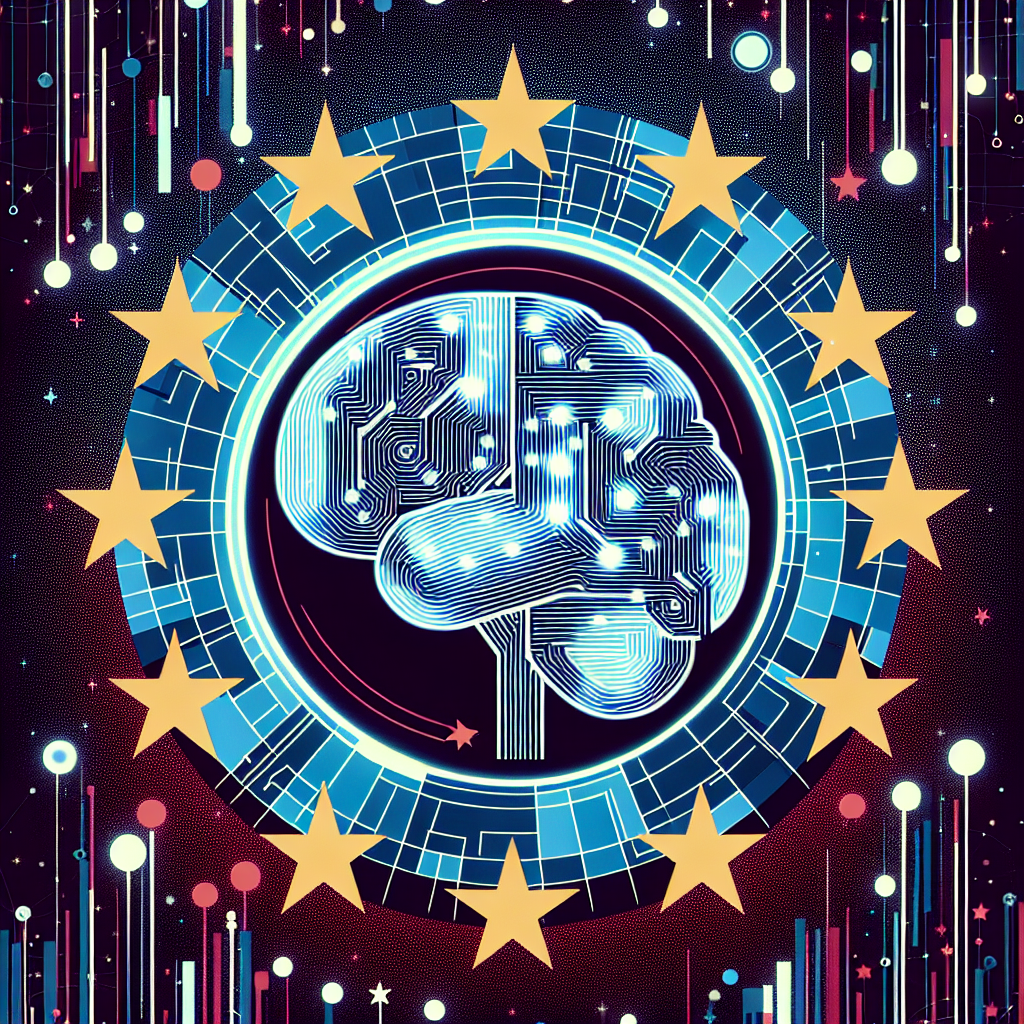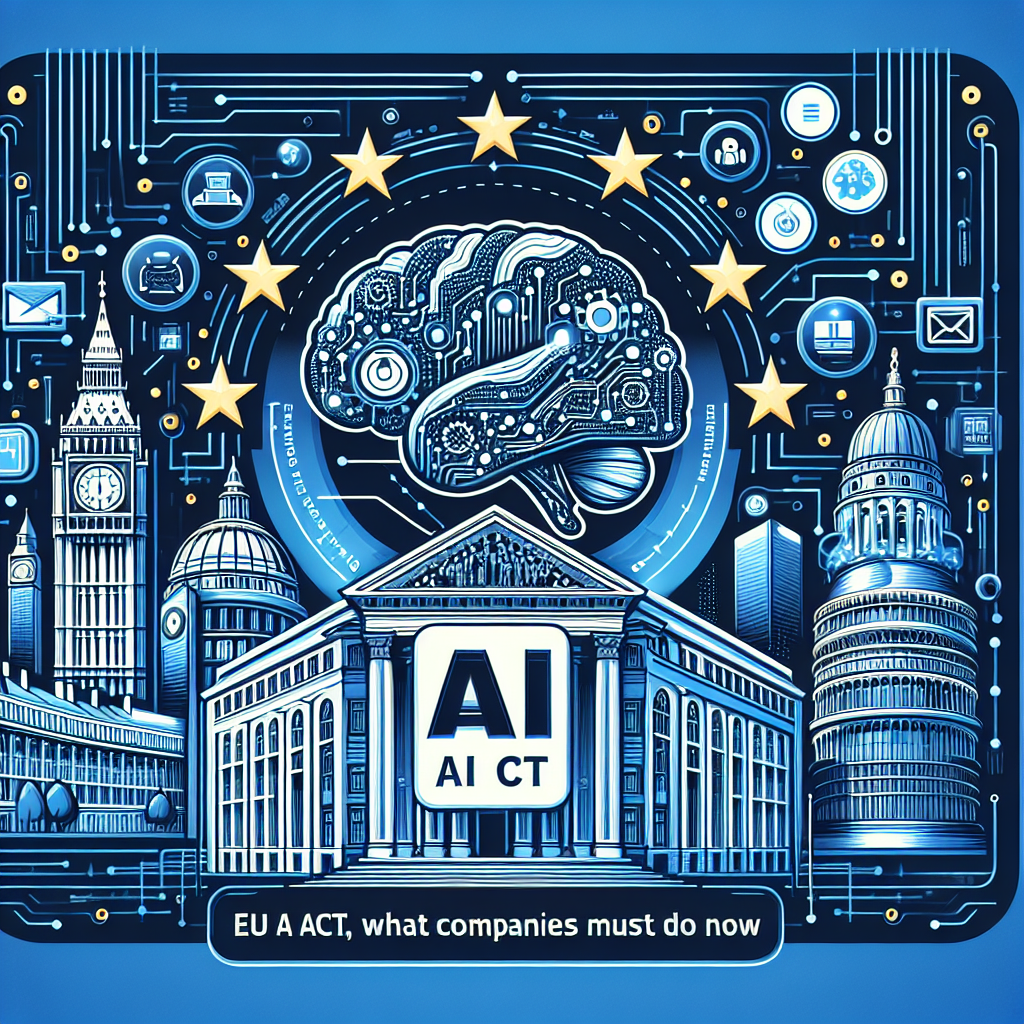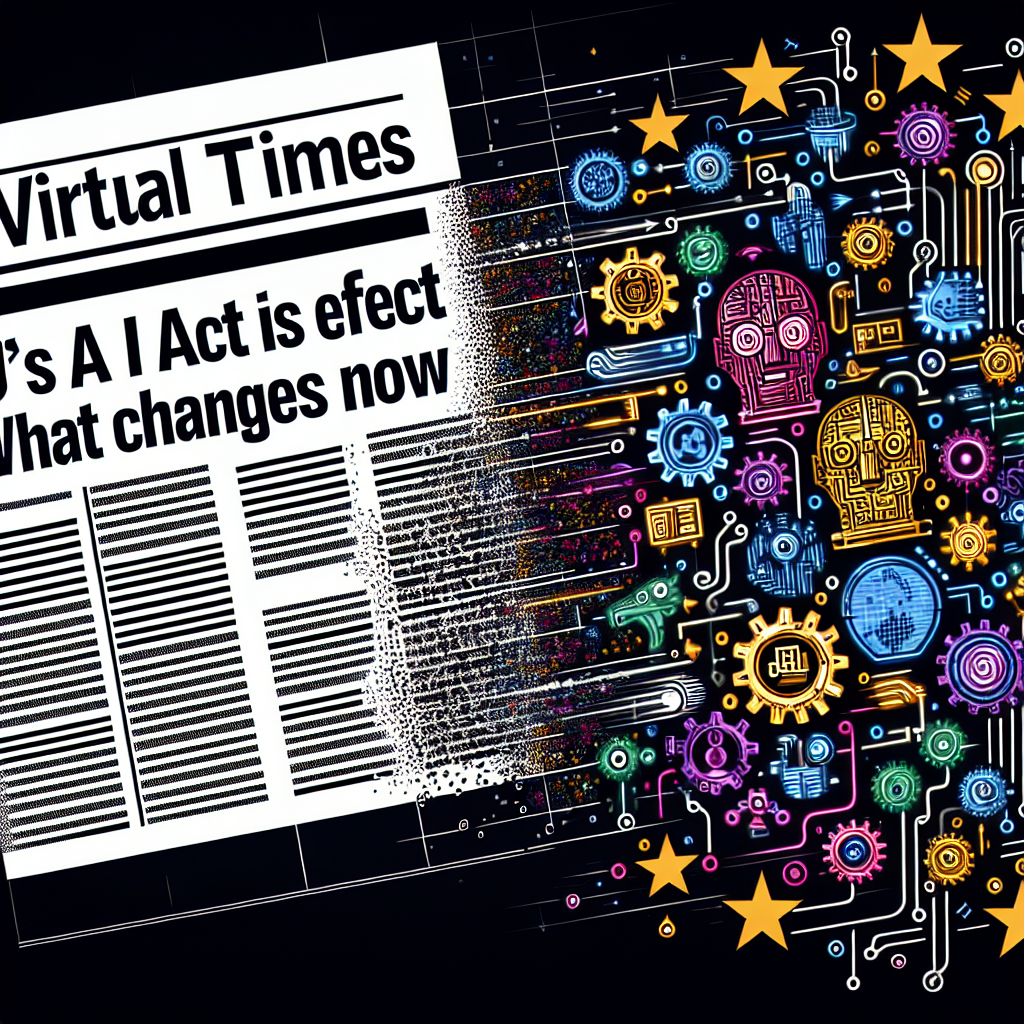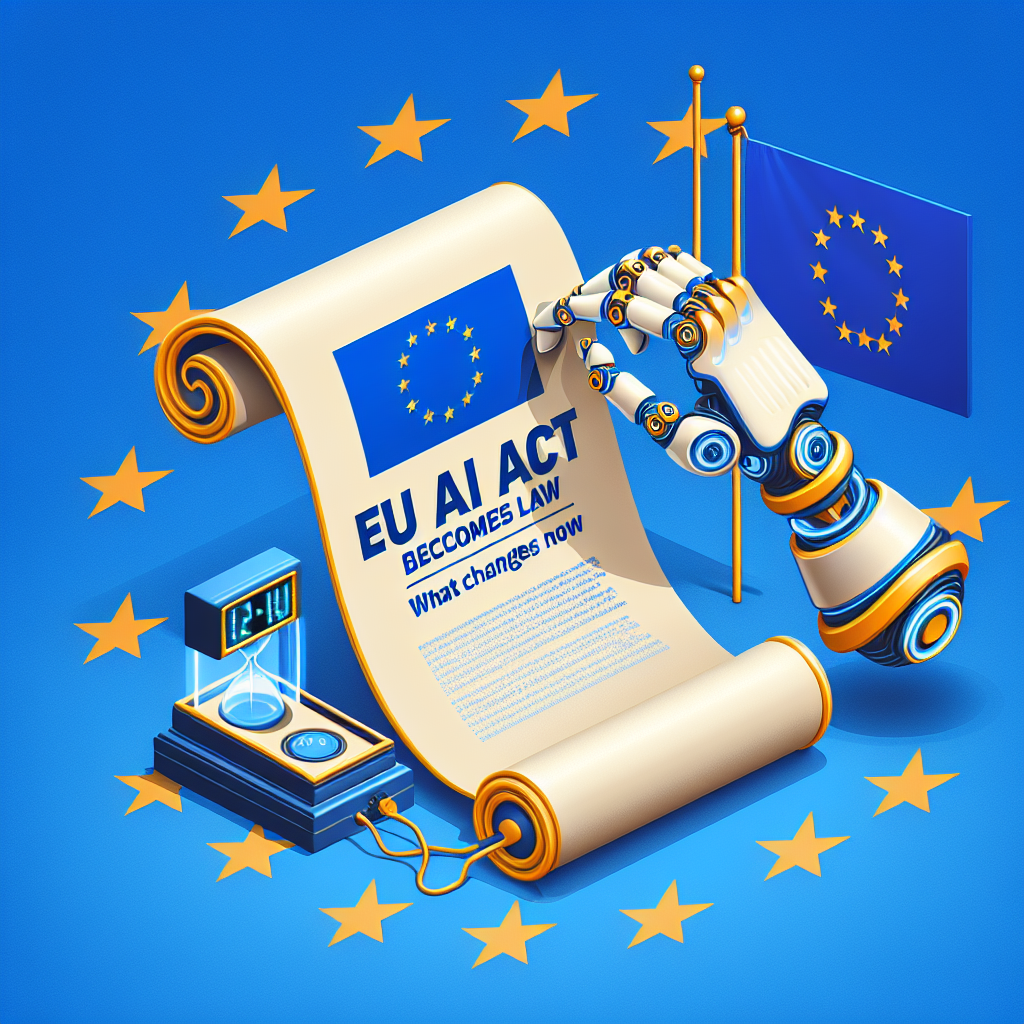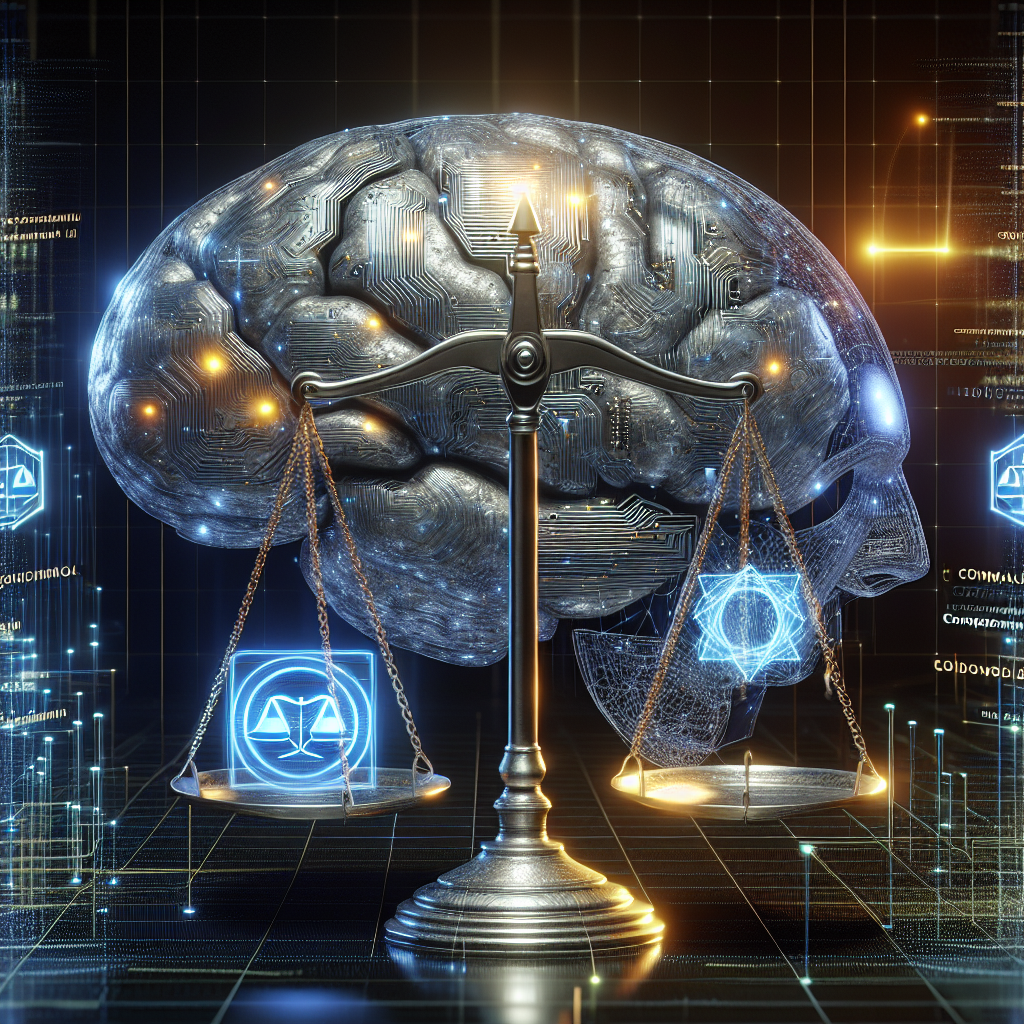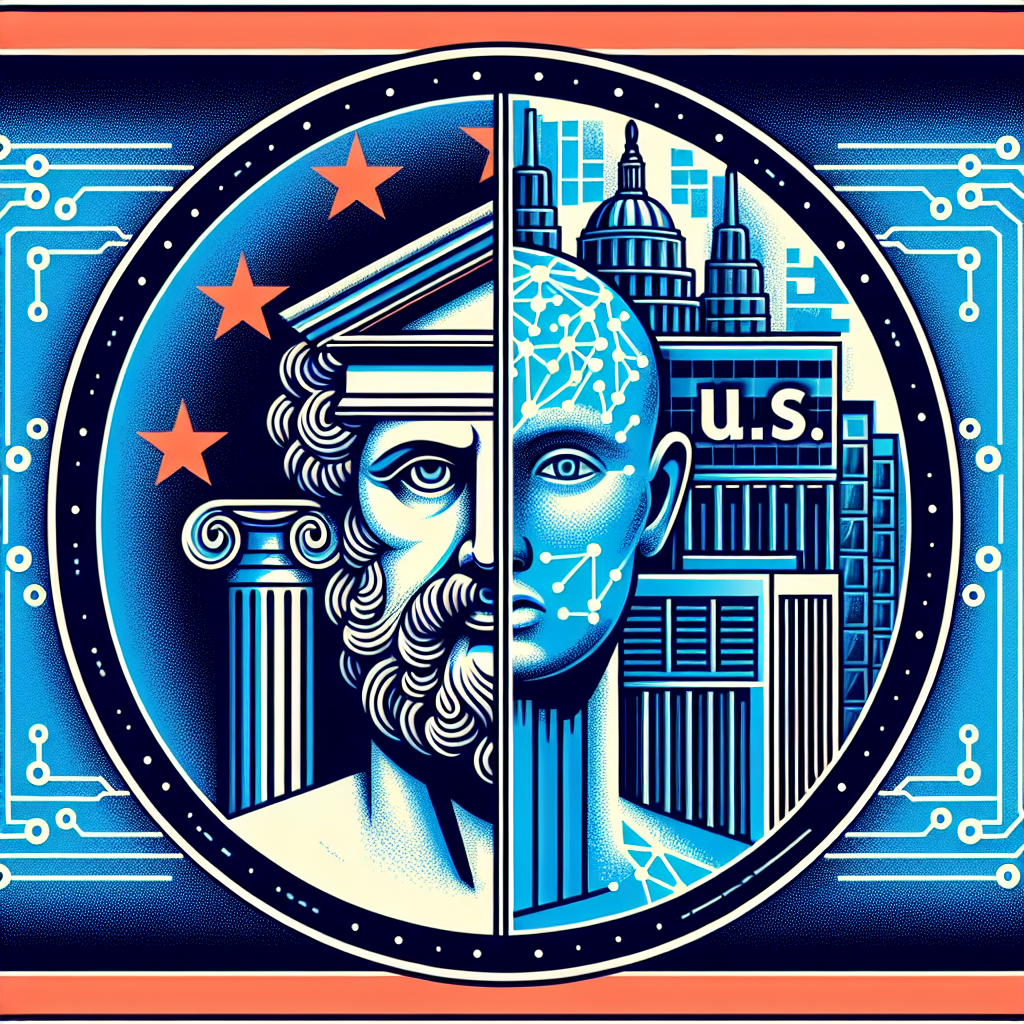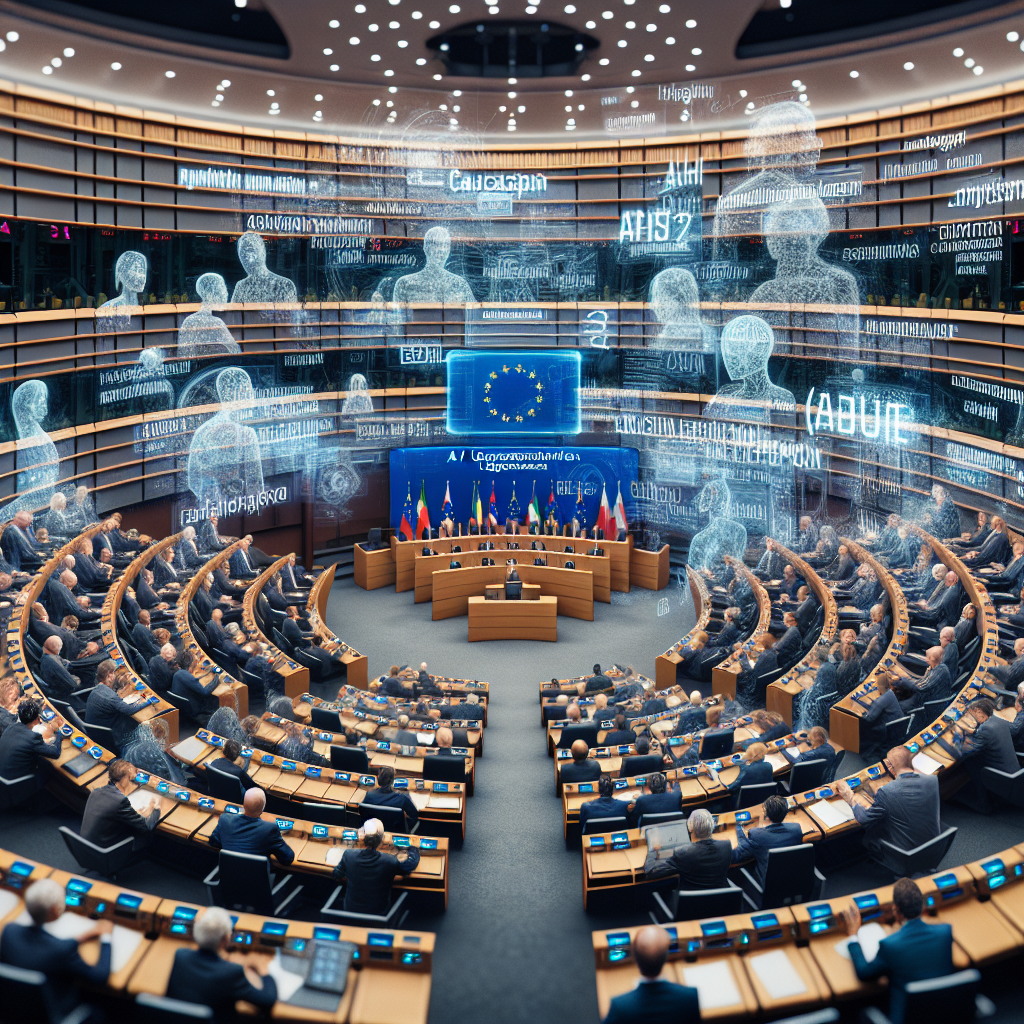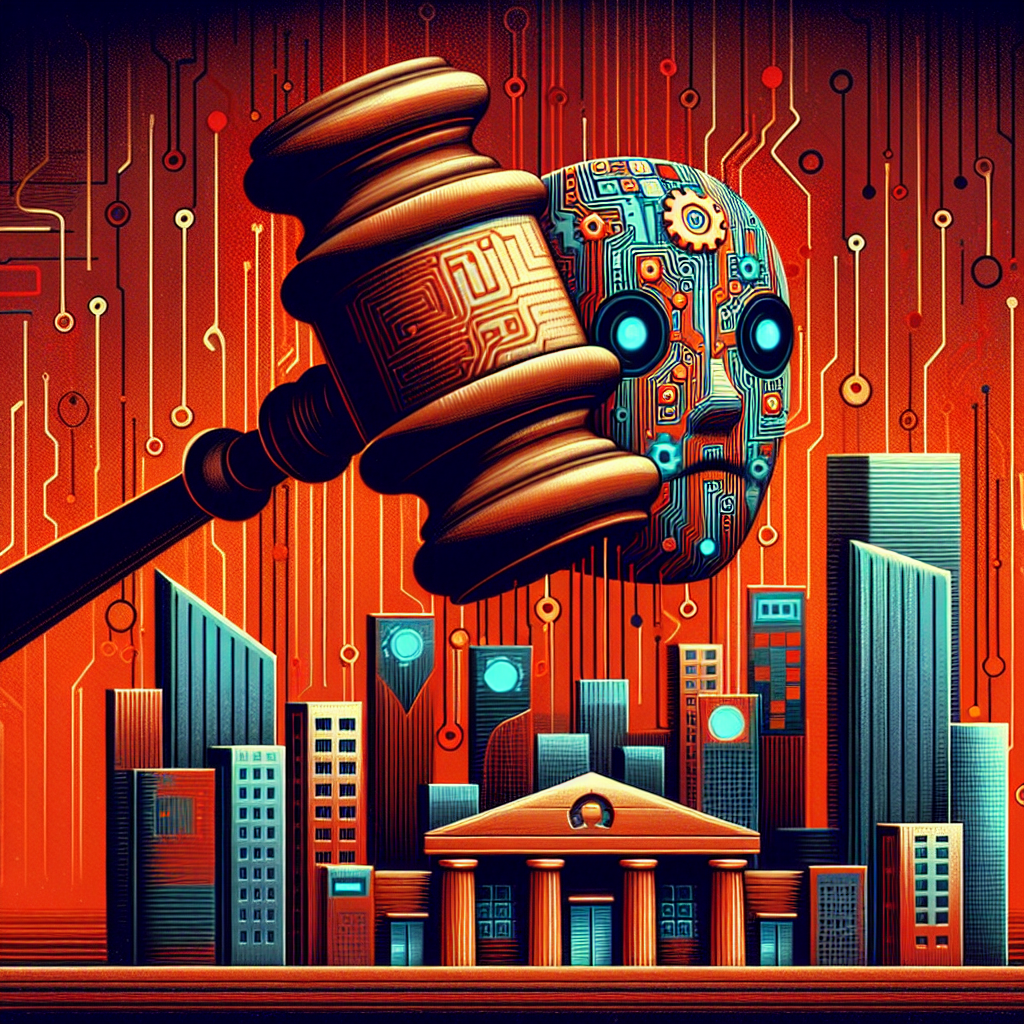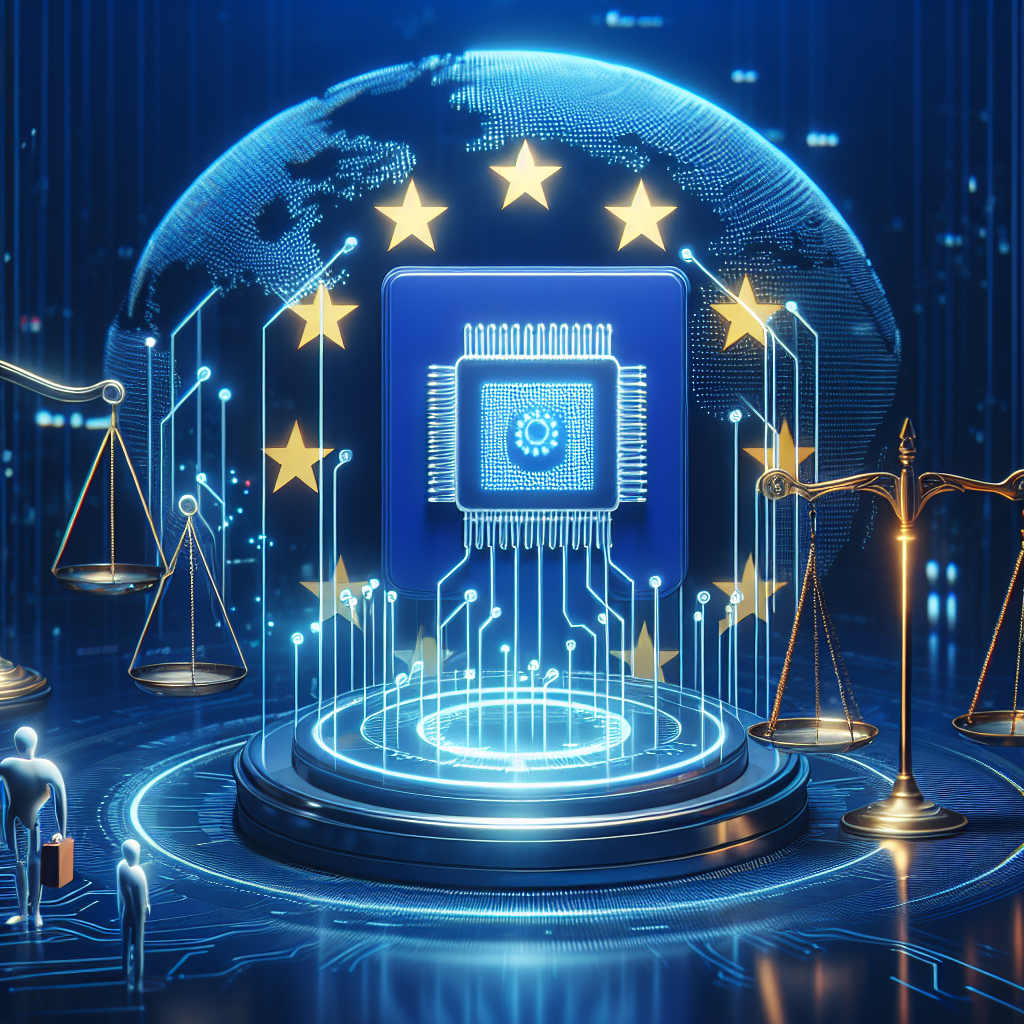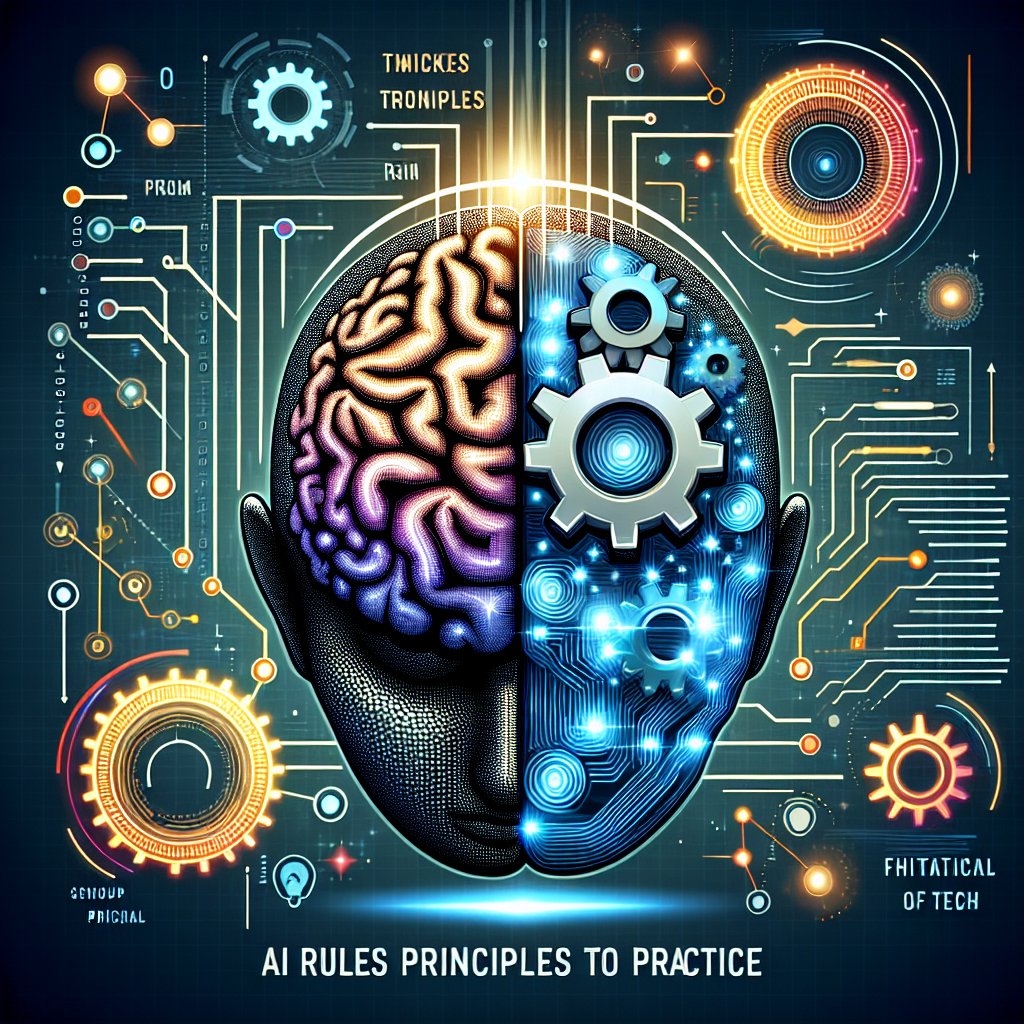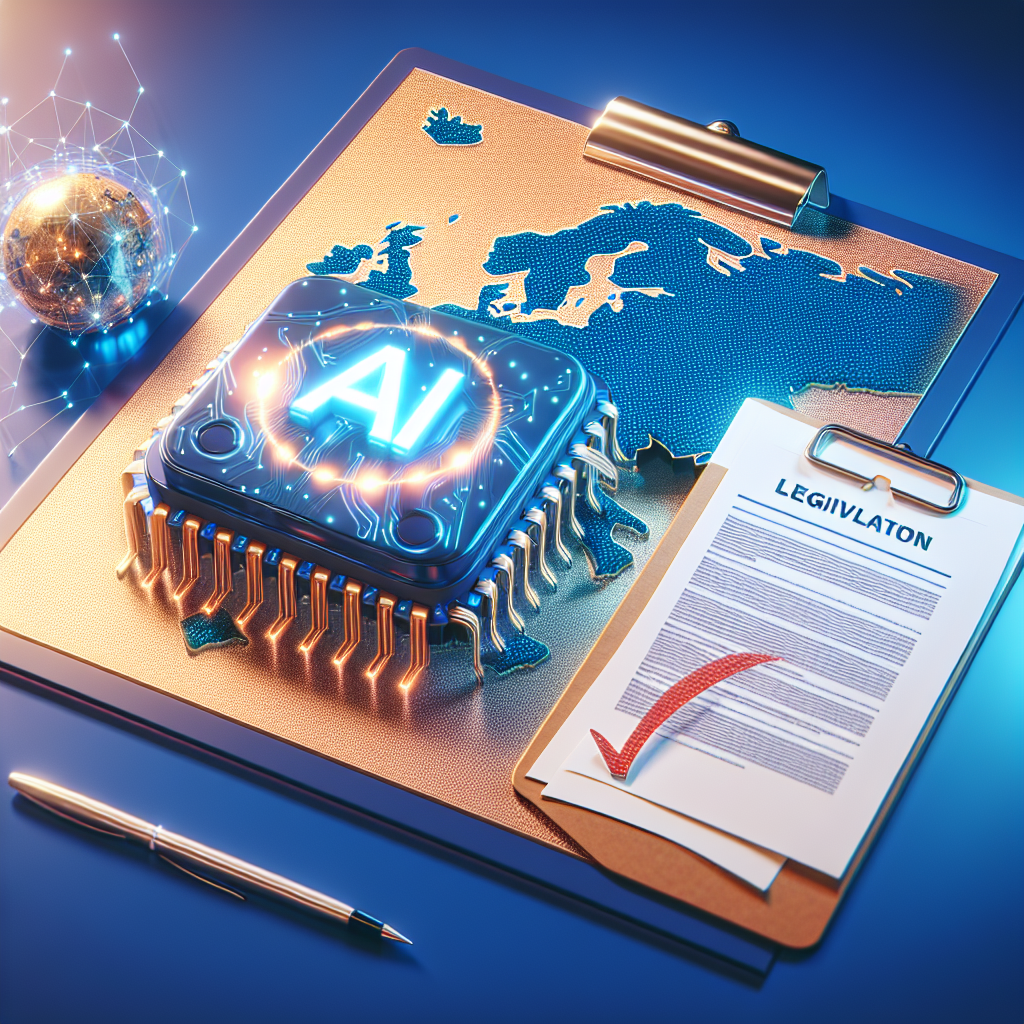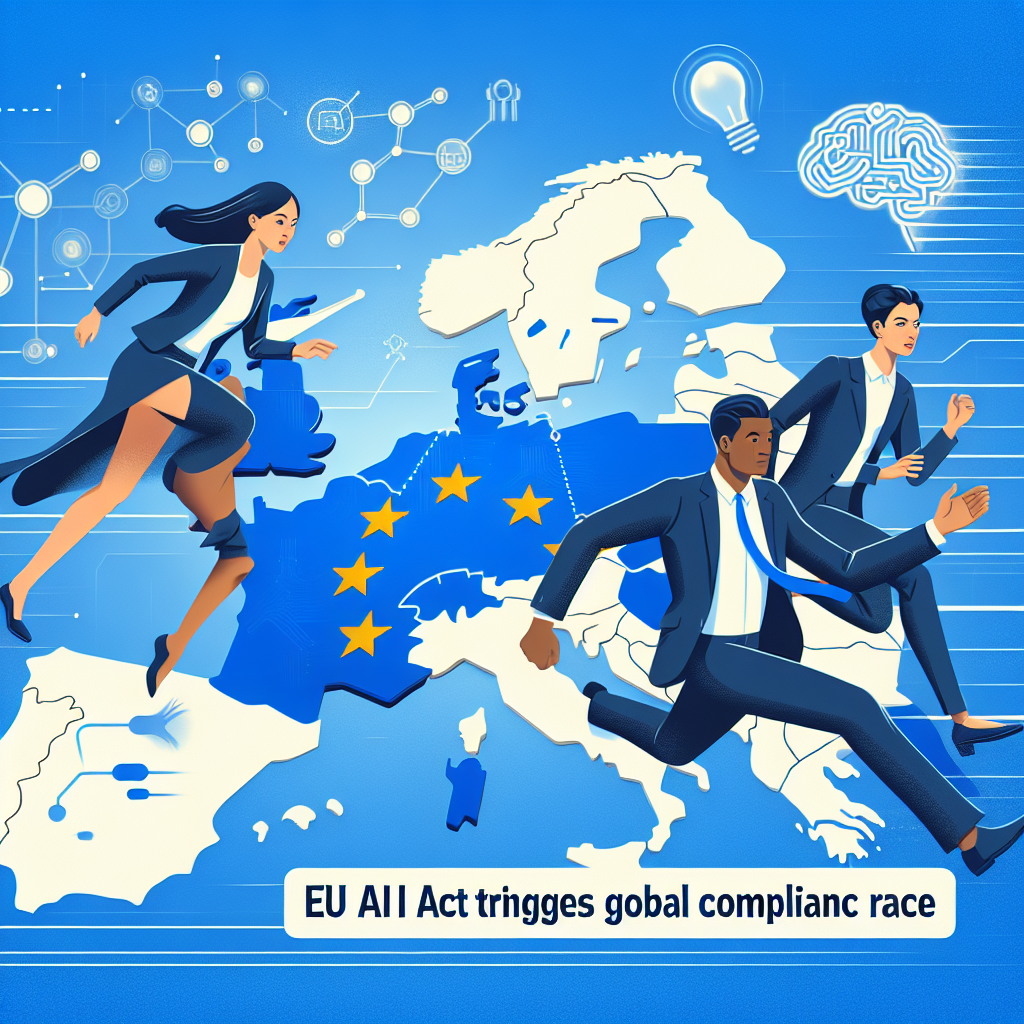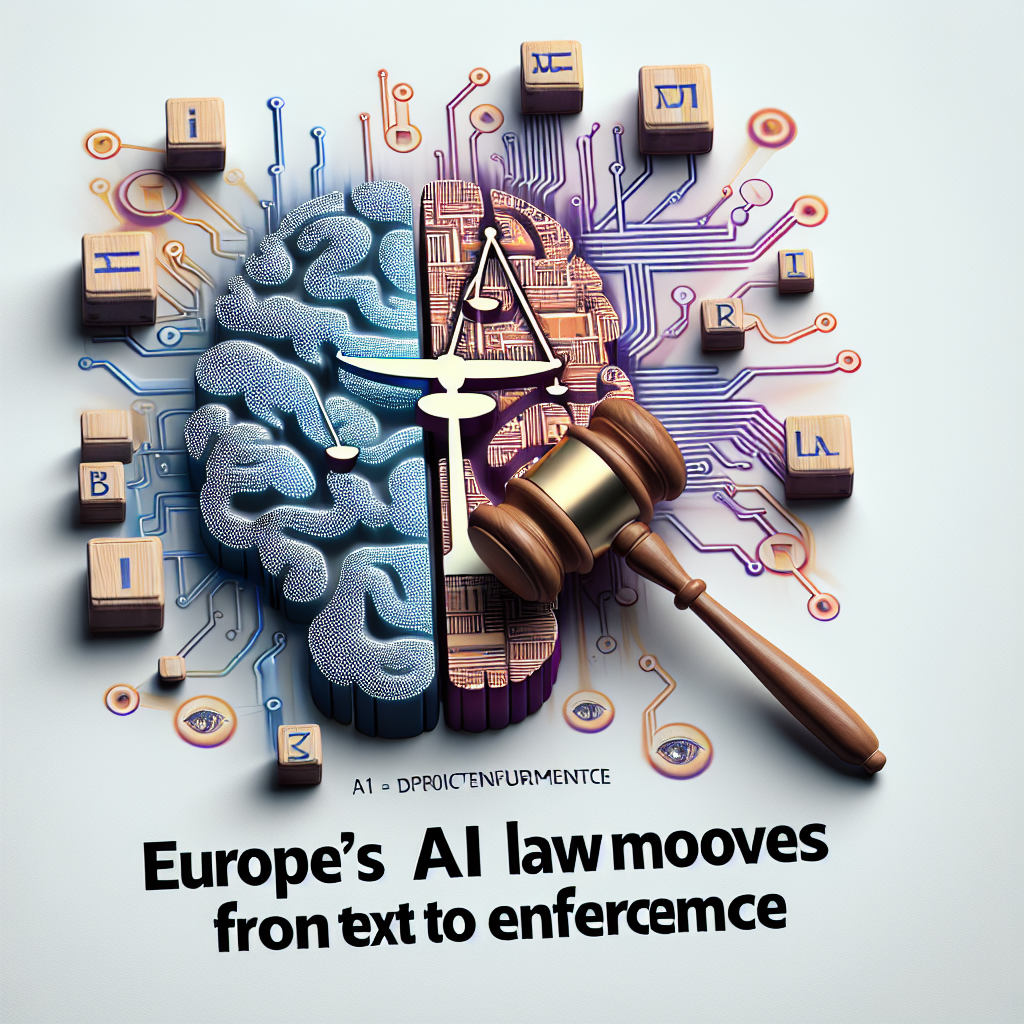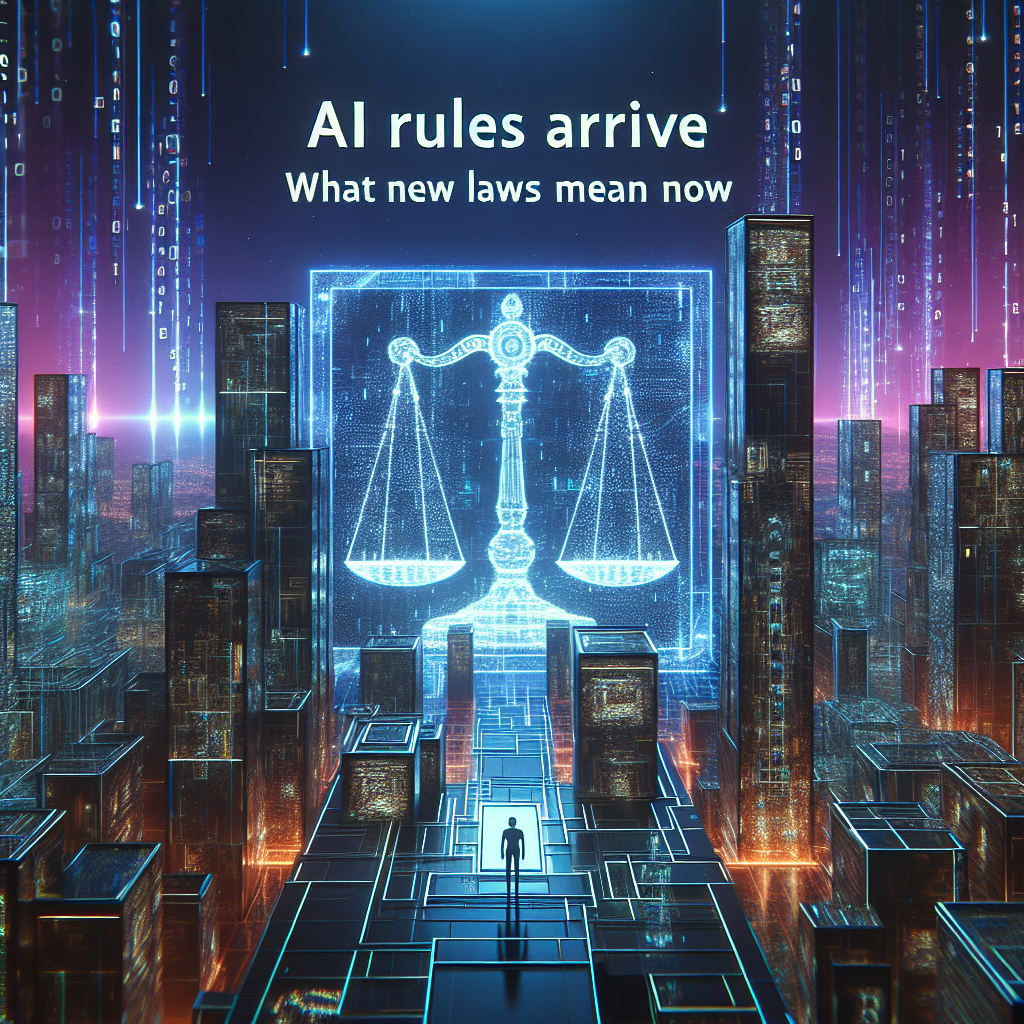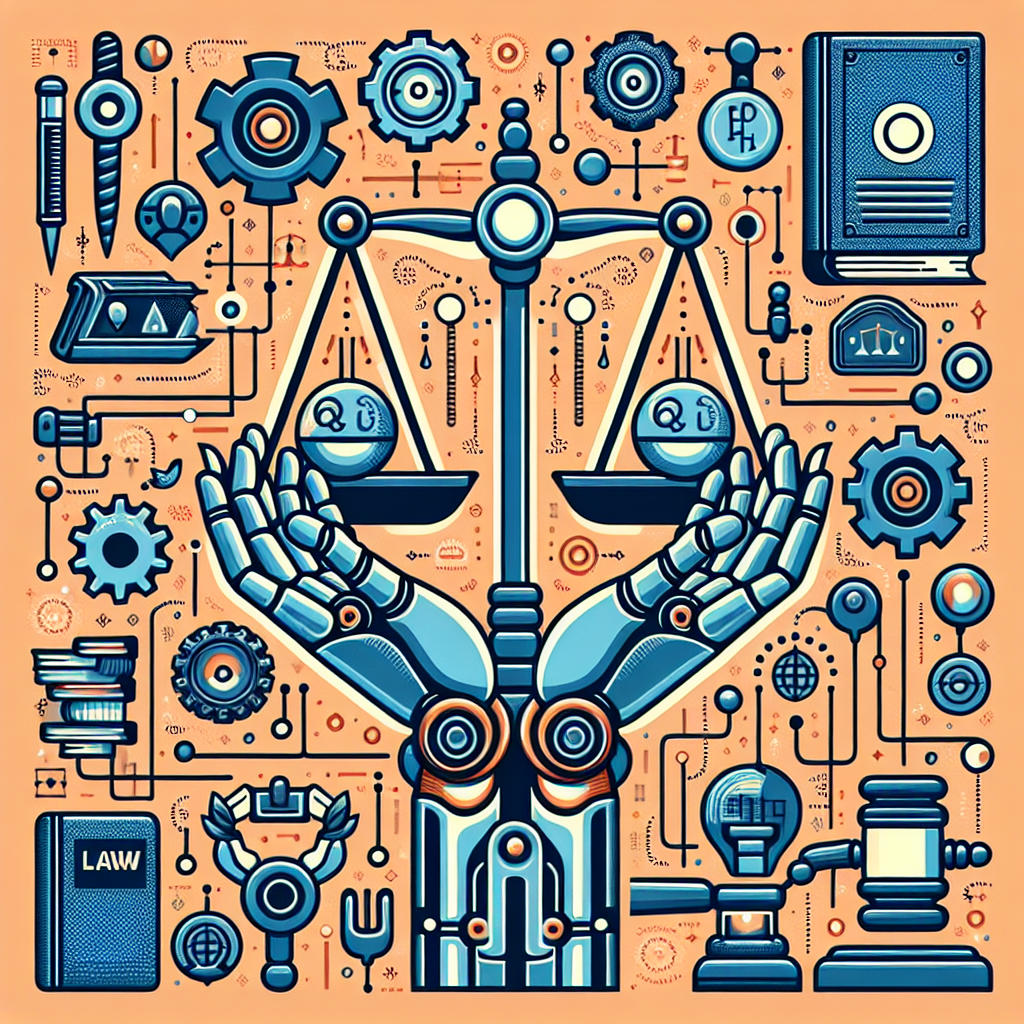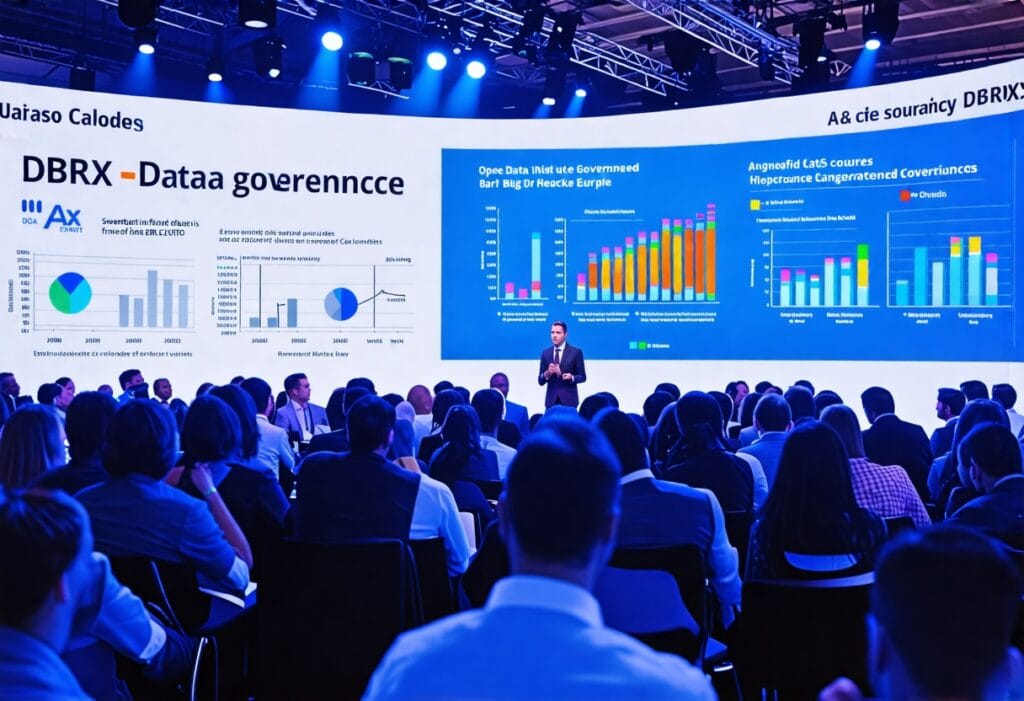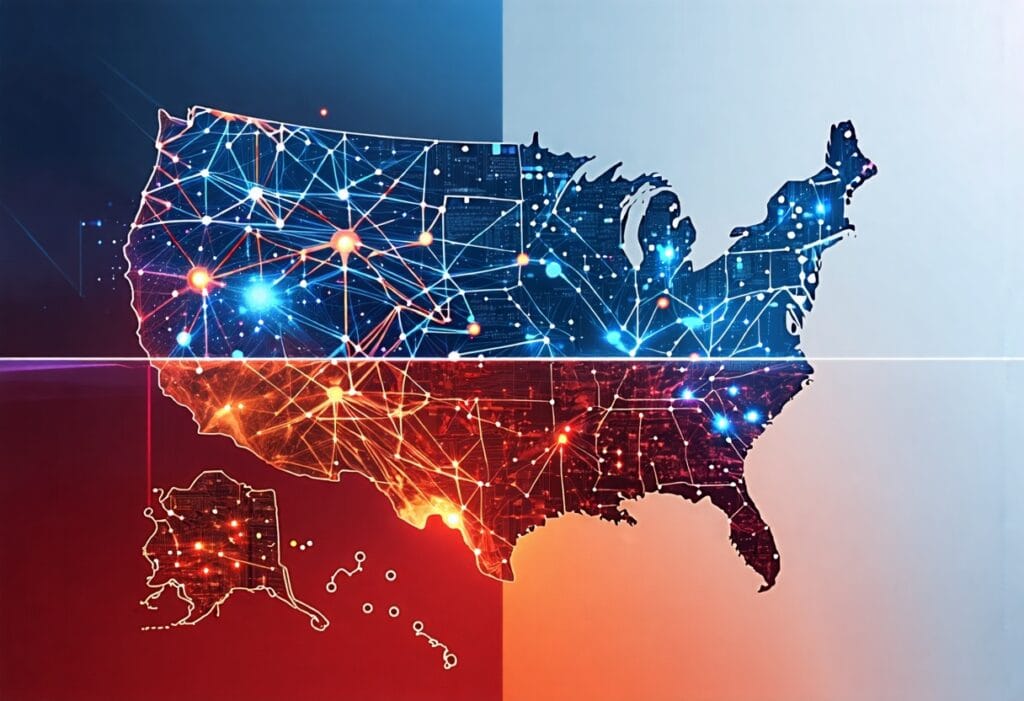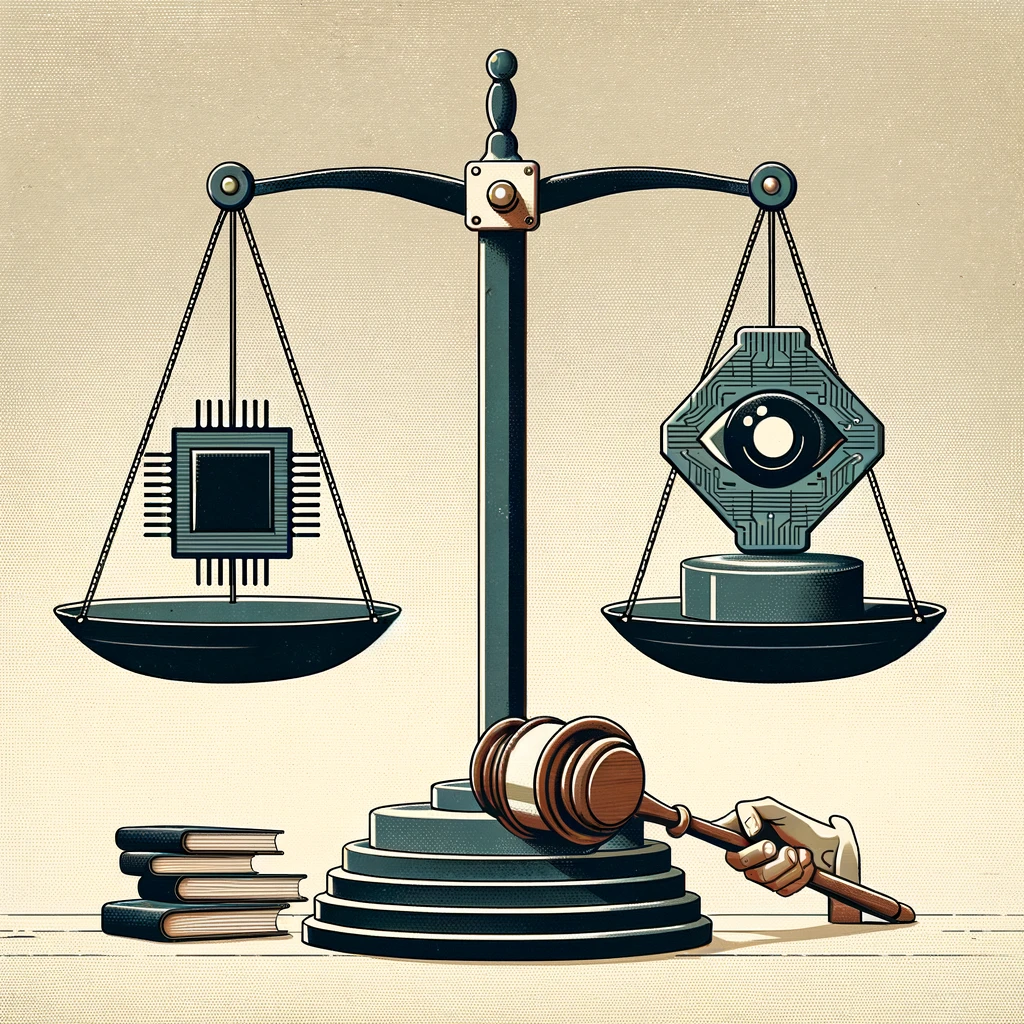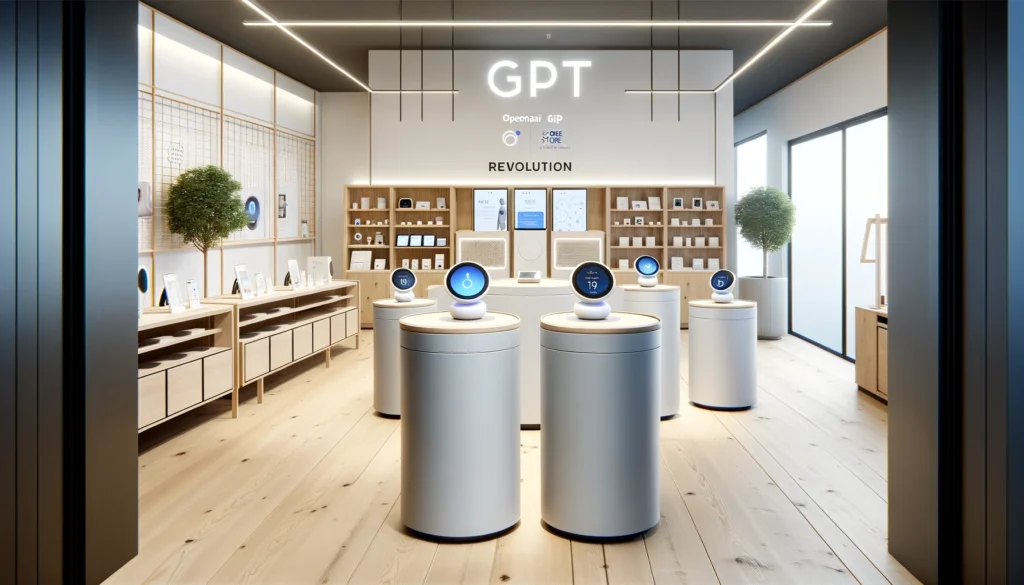EU AI Act Sets a Global Standard for AI Rules
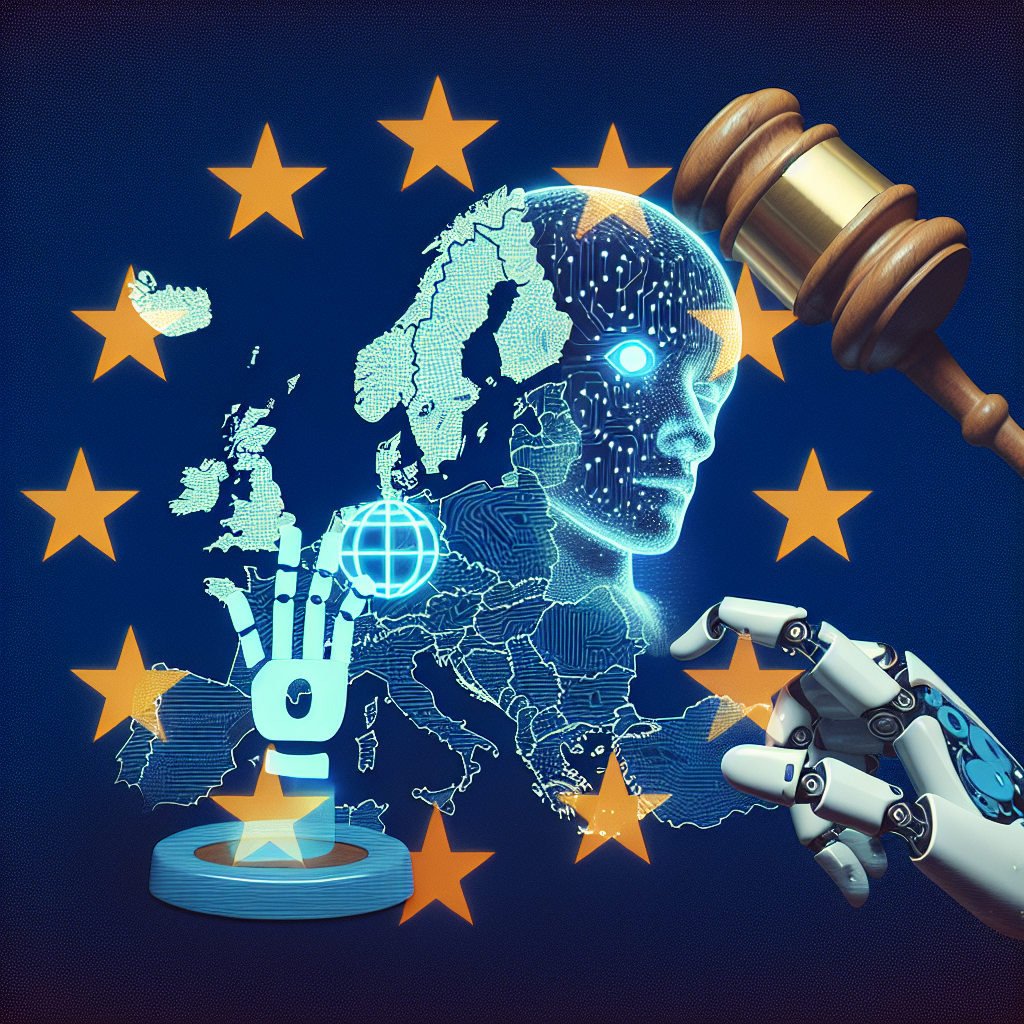
The European Union’s Artificial Intelligence Act is moving from text to practice, setting a new benchmark for how governments will govern AI. The law, formally adopted in 2024 after years of negotiation, introduces a risk-based framework for AI across the 27-nation bloc. It bans some uses, imposes strict controls on high-risk systems, and adds transparency rules for powerful general-purpose AI models. The rules will phase in over the next two years. Companies large and small are now preparing for compliance.
What the law covers
The AI Act is built around simple questions: What is the AI system? What risk does it pose? How should the risk be managed? It does not ban AI. Instead, it targets specific practices and demands safeguards where they matter most.
Among the prohibited practices are:
- AI for social scoring by public authorities, similar to a “trust score” that affects rights or services.
- Unacceptable biometric uses, such as indiscriminate scraping of facial images to build databases.
- AI that manipulates people in ways likely to cause harm, especially vulnerable groups.
- Certain biometric categorization systems based on sensitive traits, like political or religious beliefs.
The centerpiece is the high-risk category. This includes AI used in areas like education, employment, critical infrastructure, essential services, law enforcement, and migration. Providers of these systems must meet strict obligations:
- Establish a risk management system and conduct testing.
- Use quality datasets and document data governance.
- Keep logs, ensure human oversight, and report incidents.
- Meet standards for accuracy, robustness, and cybersecurity.
- Undergo conformity assessment and display a CE marking where required.
The law also covers general-purpose AI, often called foundation models. These are models that can be adapted for many tasks. Providers must produce technical documentation, disclose certain training data information, and comply with EU copyright rules. The most capable models, which can pose systemic risks, face tougher requirements such as independent evaluations, adversarial testing, and detailed model cards.
How enforcement will work
Each EU country will create or designate a national AI supervisor to police the rules. A new EU-level body, the European AI Office, will coordinate enforcement and focus on the largest general-purpose models. The Act sets significant penalties. Fines can reach up to 7% of global turnover or tens of millions of euros for the most serious violations.
The timelines are staggered. Bans on prohibited systems apply first. Transparency rules for general-purpose AI follow. The heavier obligations for high-risk uses come later, with extra time for law enforcement-related systems. EU and national authorities plan to offer regulatory sandboxes. These testbeds are designed to help start-ups and public bodies try compliant solutions in controlled settings.
Industry reaction: from caution to opportunity
Technology leaders have long urged clear rules for AI. They welcome certainty but warn against overreach.
Sam Altman, chief executive of OpenAI, told U.S. lawmakers in 2023, “If this technology goes wrong, it can go quite wrong.” His testimony captured a broad concern: that AI can deliver great gains while also creating new risks. Supporters of the EU approach say the Act answers that challenge without shutting the door on innovation.
Google’s CEO Sundar Pichai has called AI “more profound than electricity or fire,” underscoring the belief that the technology could transform every sector. With such stakes, industry groups argue that rules must be predictable and global. Many companies say they will treat the AI Act as a baseline for products deployed beyond Europe, to simplify compliance.
Still, friction points are clear. Start-ups worry about documentation burdens and liability. Large providers warn that model evaluation rules must be flexible, or they could slow the release of safety updates. European officials respond that the Act includes proportionality and sandboxes to lower barriers. They argue that trust and market uptake go together.
What changes for businesses
For most companies, the first task is triage. Teams need to map where AI sits in their products and processes, then classify each system by risk level. Legal and engineering leaders say this is the critical step to avoid surprises later.
- Inventory AI systems: Identify models, data sources, and downstream uses.
- Assign risk categories: Check if a system is prohibited, high-risk, or lower risk with transparency duties.
- Build governance: Set up risk management, human oversight, and incident response.
- Document and test: Keep technical files, test for bias and security, and log performance.
- Engage suppliers: Ensure model providers and integrators support compliance.
Legal specialists say the high-risk label is not just for software firms. Banks, hospitals, utilities, schools, and public agencies may all fall under the rules if they deploy AI in sensitive decisions. Procurement will change. Contracts will demand clarity on data provenance, evaluation methods, and update cycles.
Global ripple effects
The EU’s digital policies often set global norms. The AI Act follows that pattern. Even companies outside the bloc will feel its pull if their products reach European users or governments.
Other jurisdictions are moving too. The United States is using sector rules, federal guidance, and a national AI Executive Order. The National Institute of Standards and Technology has released an AI Risk Management Framework to help organizations build trustworthy systems. The United Kingdom has taken a regulator-led, principles-first approach. In Asia, countries including Japan and Singapore promote industry codes and testing regimes. These paths differ, but they share common aims: transparency, accountability, and safety.
Analysts expect convergence over time. Standards bodies are drafting technical norms. Auditing firms are building AI assurance practices. Universities and labs are creating shared benchmarks and red-teaming methods. As tools mature, compliance could become more predictable and less costly.
Benefits and concerns
Supporters say the AI Act will bring clear rules of the road. They argue that it will prevent harmful uses, enable responsible innovation, and give buyers confidence. Consumer groups praise the bans on social scoring and sensitive biometric practices. Civil liberties advocates welcome tighter checks on AI in policing.
Critics fear the law could slow European competitiveness. They warn that rules for general-purpose models may be difficult to implement and may push research elsewhere. They also note that defining “high risk” can be complex, which could lead to inconsistent enforcement. EU officials counter that the Act is risk-based, technology-neutral, and scalable.
What to watch next
Several milestones will shape the next phase:
- Guidance: The European Commission will issue guidance and codes of practice. These documents will explain how to meet obligations in detail.
- Standards: European and international standards will translate legal rules into technical controls for testing, logging, and oversight.
- Early enforcement: The first cases will set precedents. Watch for actions on biometric uses and for how authorities treat general-purpose models.
- Sandboxes and funding: Support programs may help start-ups navigate compliance and scale responsible products.
The AI Act will not end debate over AI. But it marks a clear turn from voluntary principles to enforceable rules. For companies, the message is straightforward: document, test, and govern. For users, the aim is safe, fair, and explainable AI. As one tech leader put it, the challenge is to capture the upside while reducing the downside. The EU has laid out how it wants that done. Now comes the hard part: doing it.































